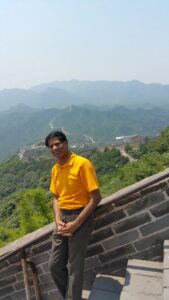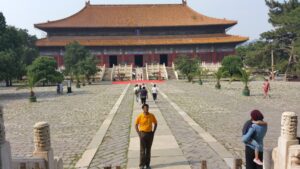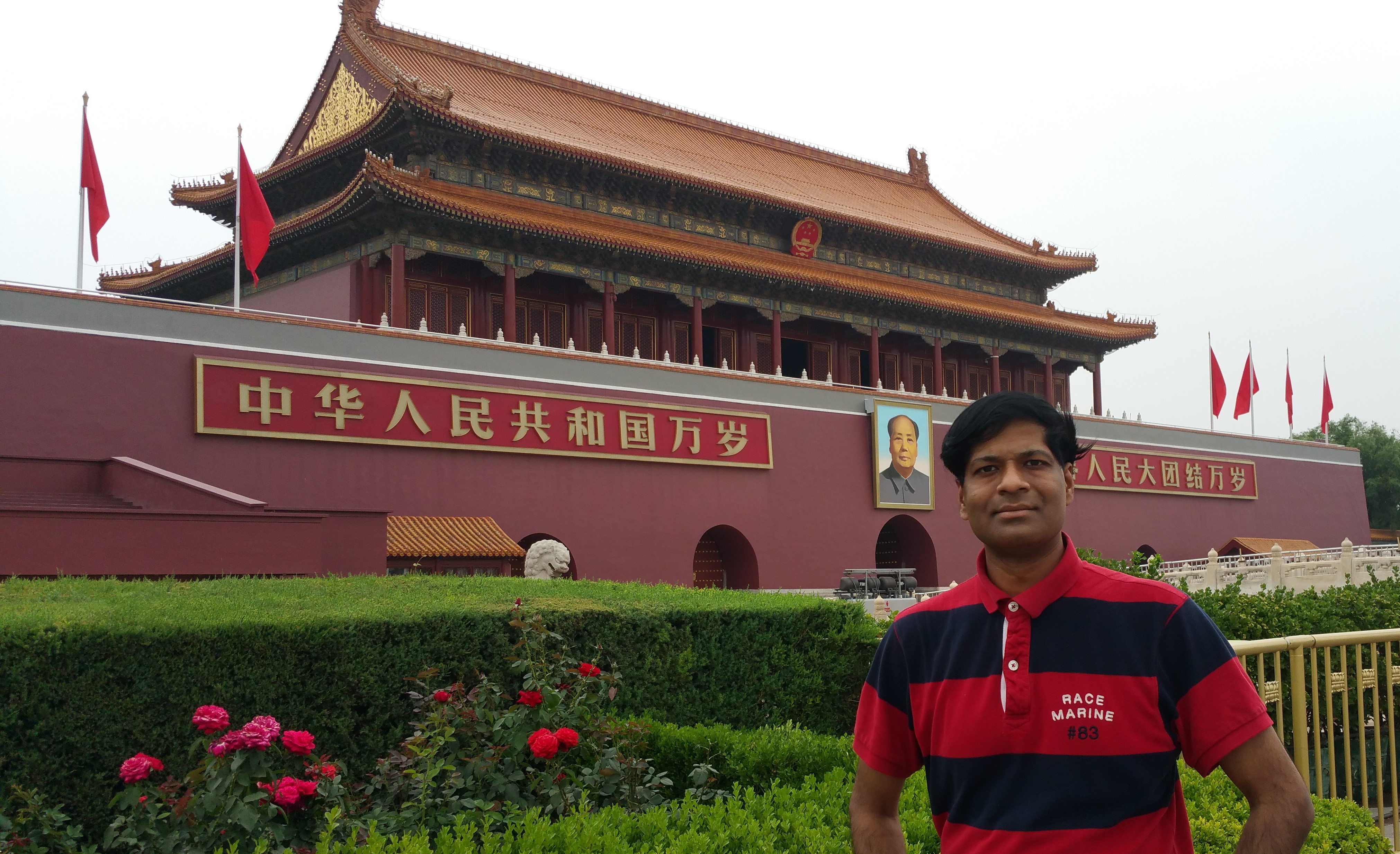
The Forbidden City (Chinese: 故宫; pinyin: Gùgōng) is a palace complex in central Beijing, China. It houses the Palace Museum, and was the former Chinese imperial palace from the Ming dynasty to the end of the Qing dynasty (the years 1420 to 1912). The Forbidden City served as the home of emperors and their households as well as the ceremonial and political center of Chinese government for almost 500 years. Constructed from 1406 to 1420, the complex consists of 980 buildings and covers 72 hectares (over 180 acres). The palace exemplifies traditional Chinese palatial architecture and has influenced cultural and architectural developments in East Asia and elsewhere. The Forbidden City was declared a World Heritage Site in 1987 and is listed by UNESCO as the largest collection of preserved ancient wooden structures in the world. Since 1925, the Forbidden City has been under the charge of the Palace Museum, whose extensive collection of artwork and artifacts were built upon the imperial collections of the Ming and Qing dynasties. Part of the museum’s former collection is now in the National Palace Museum in Taipei. Both museums descend from the same institution, but were split after the Chinese Civil War. Since 2012, the Forbidden City has seen an average of 15 million visitors annually, and received more than 16 million visitors in 2016 and 2017
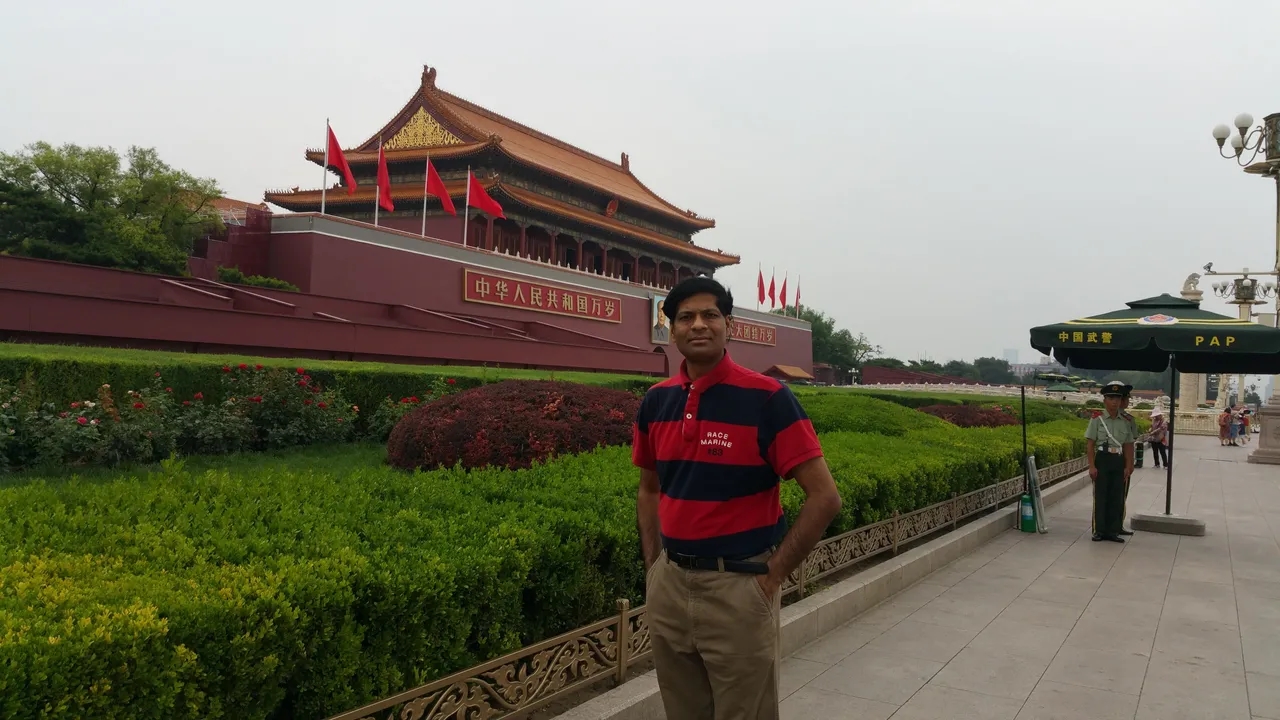
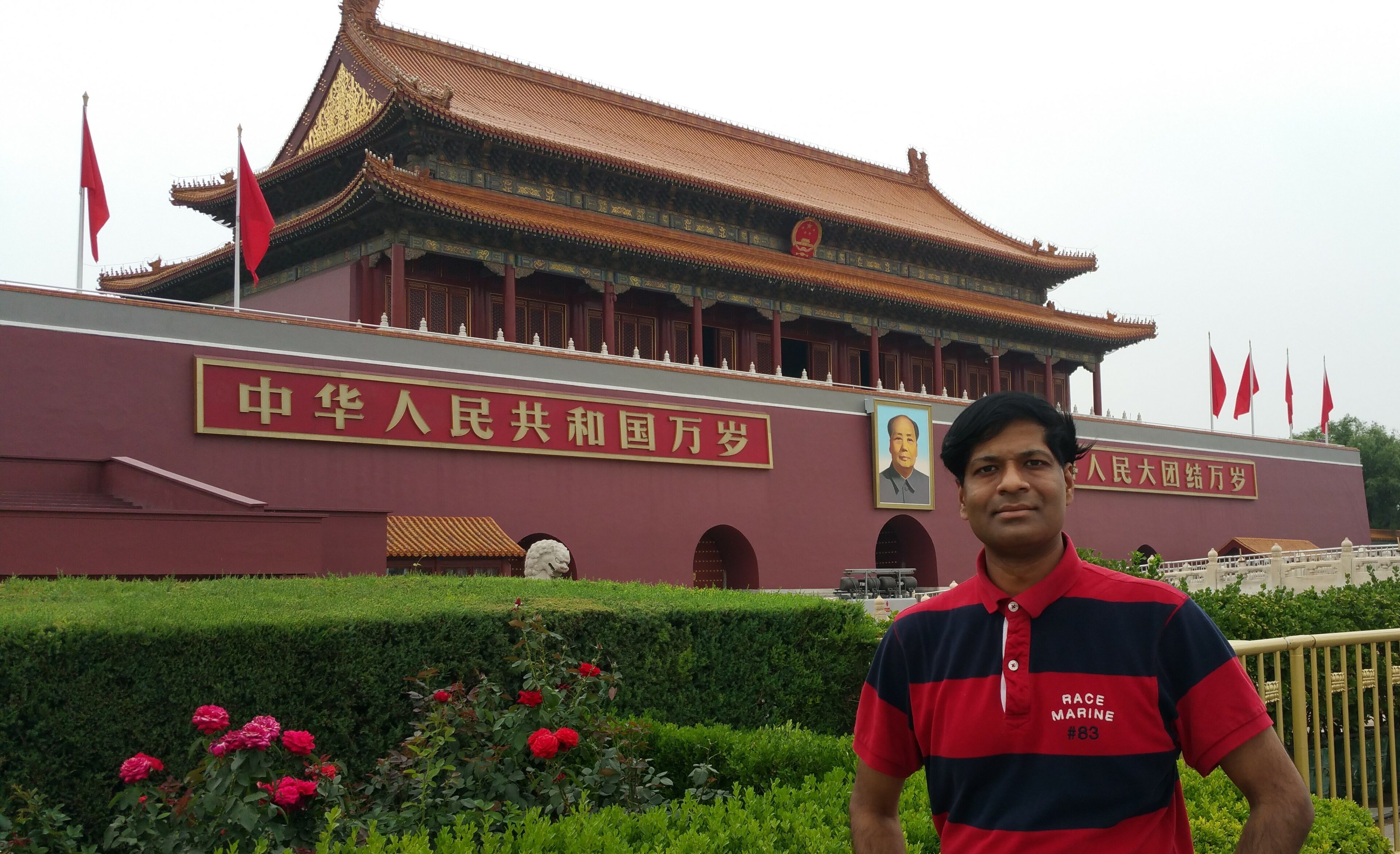

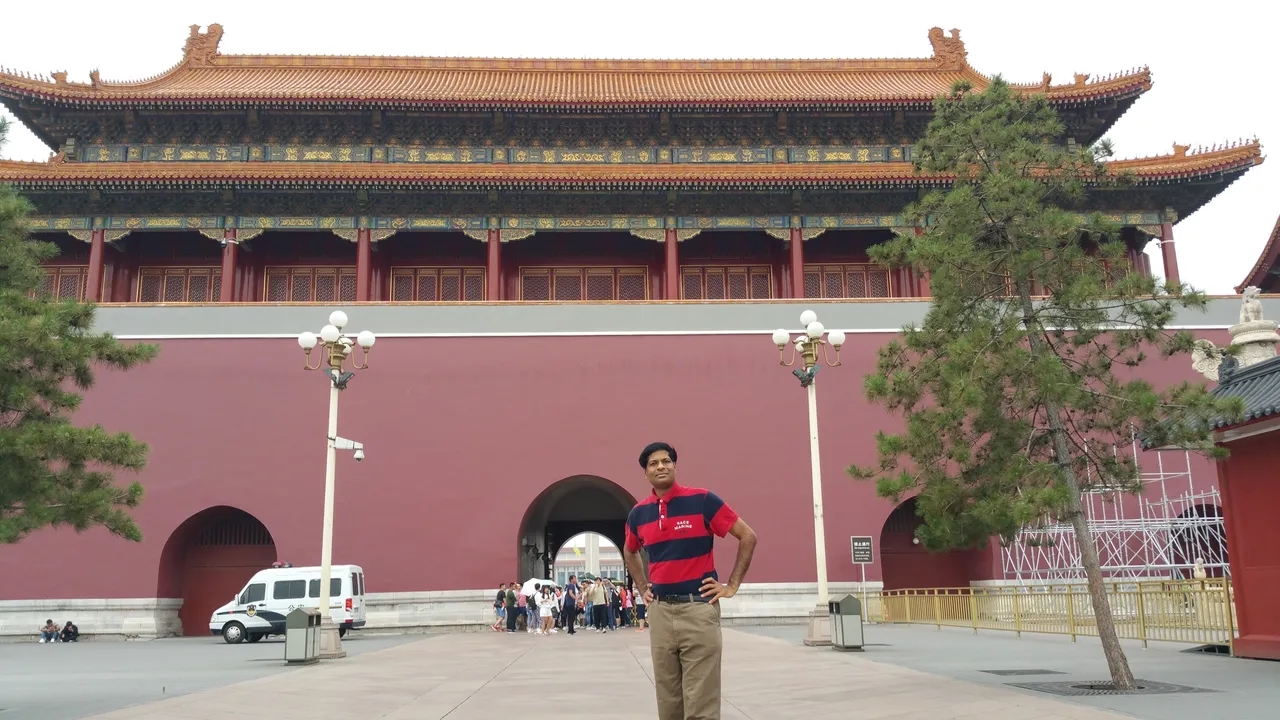
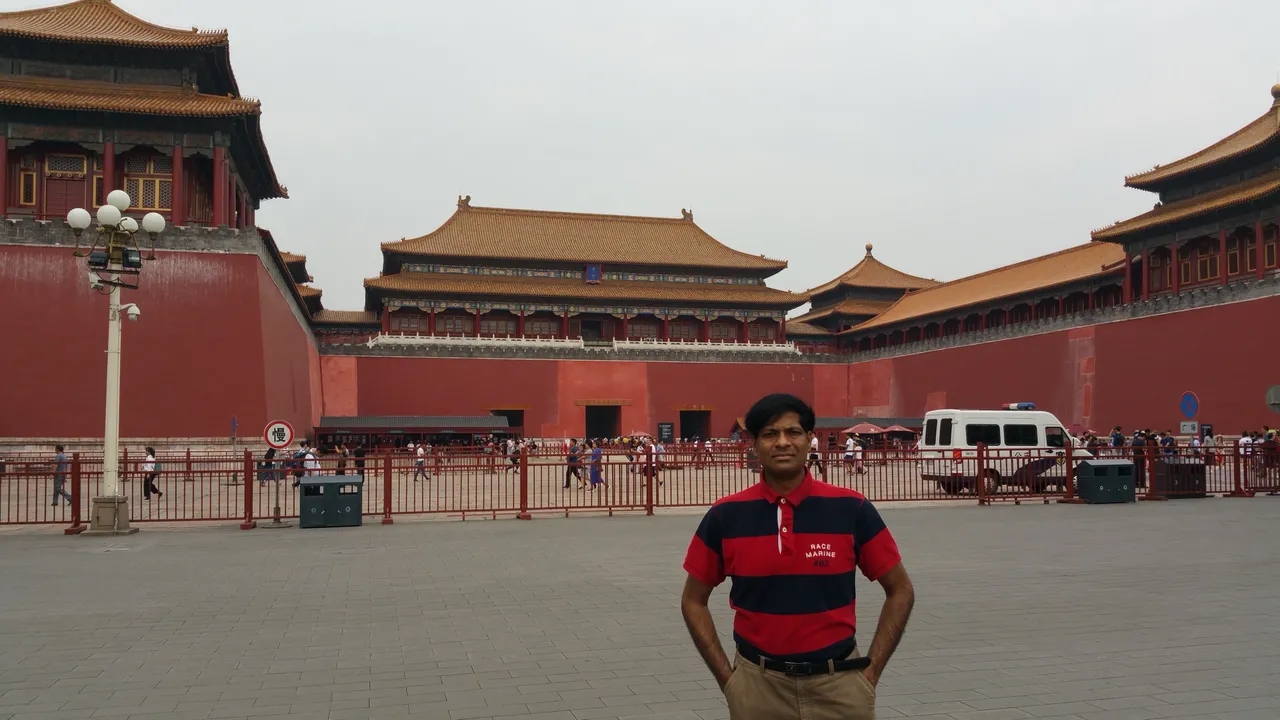
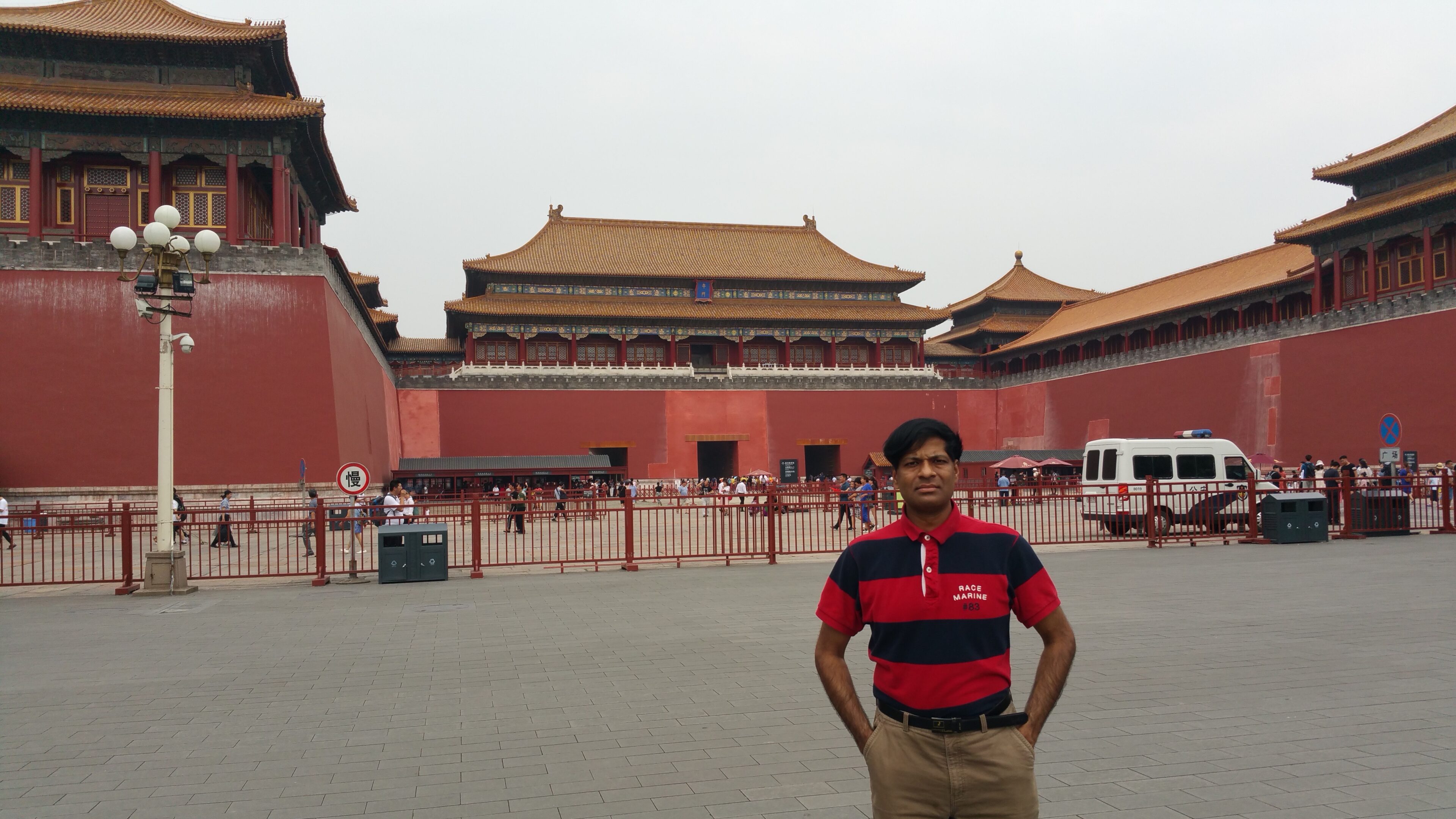
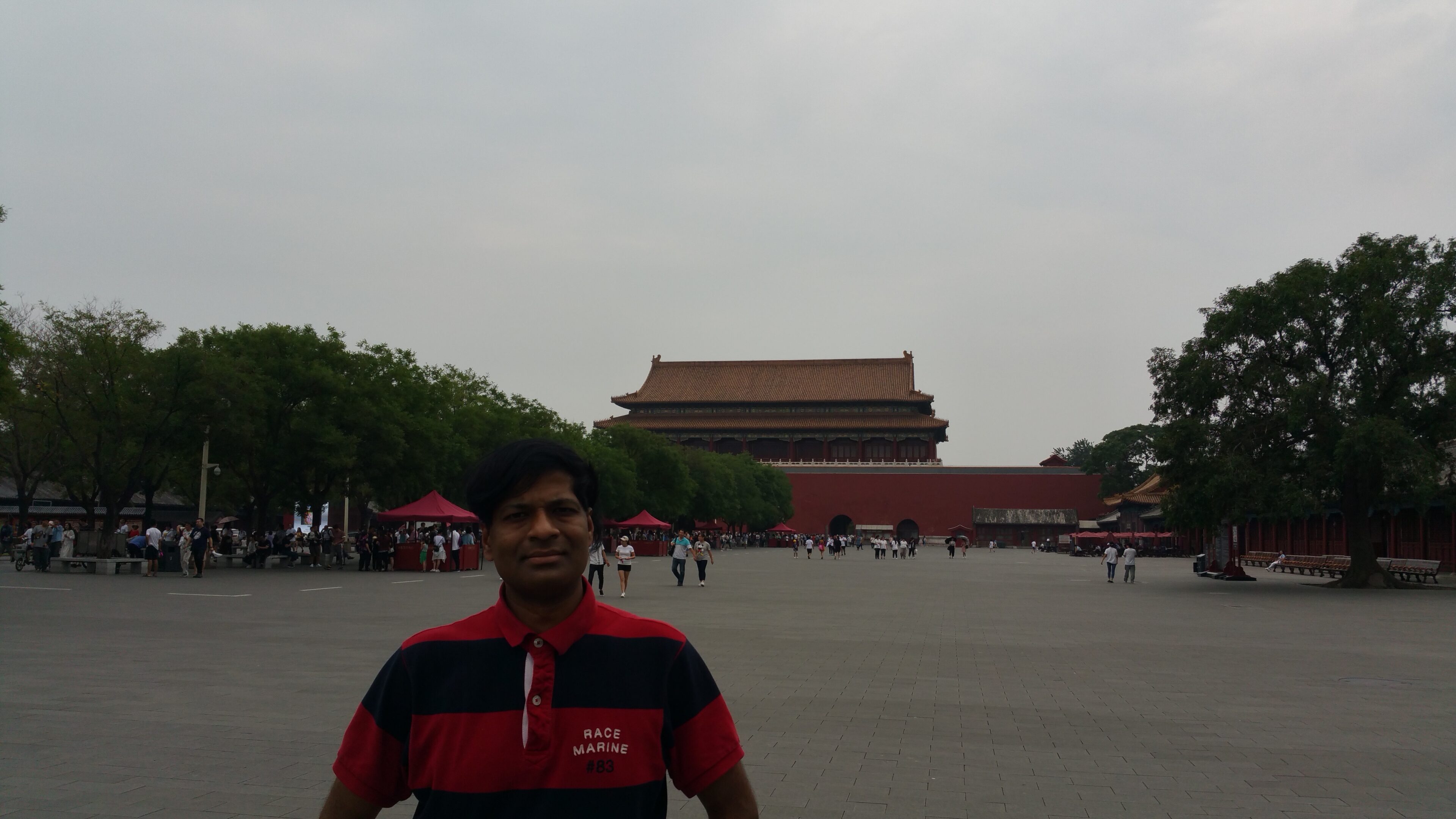
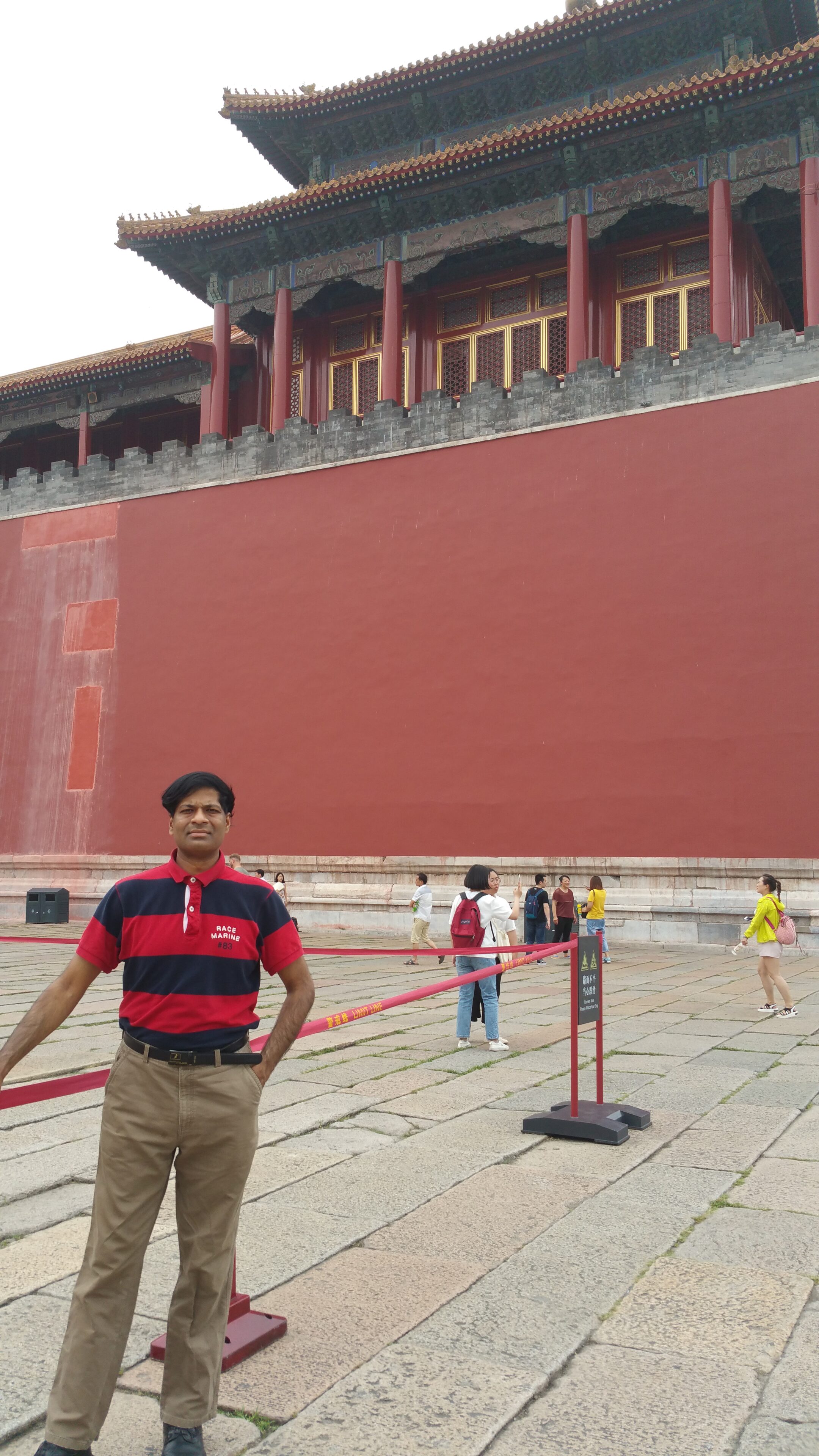
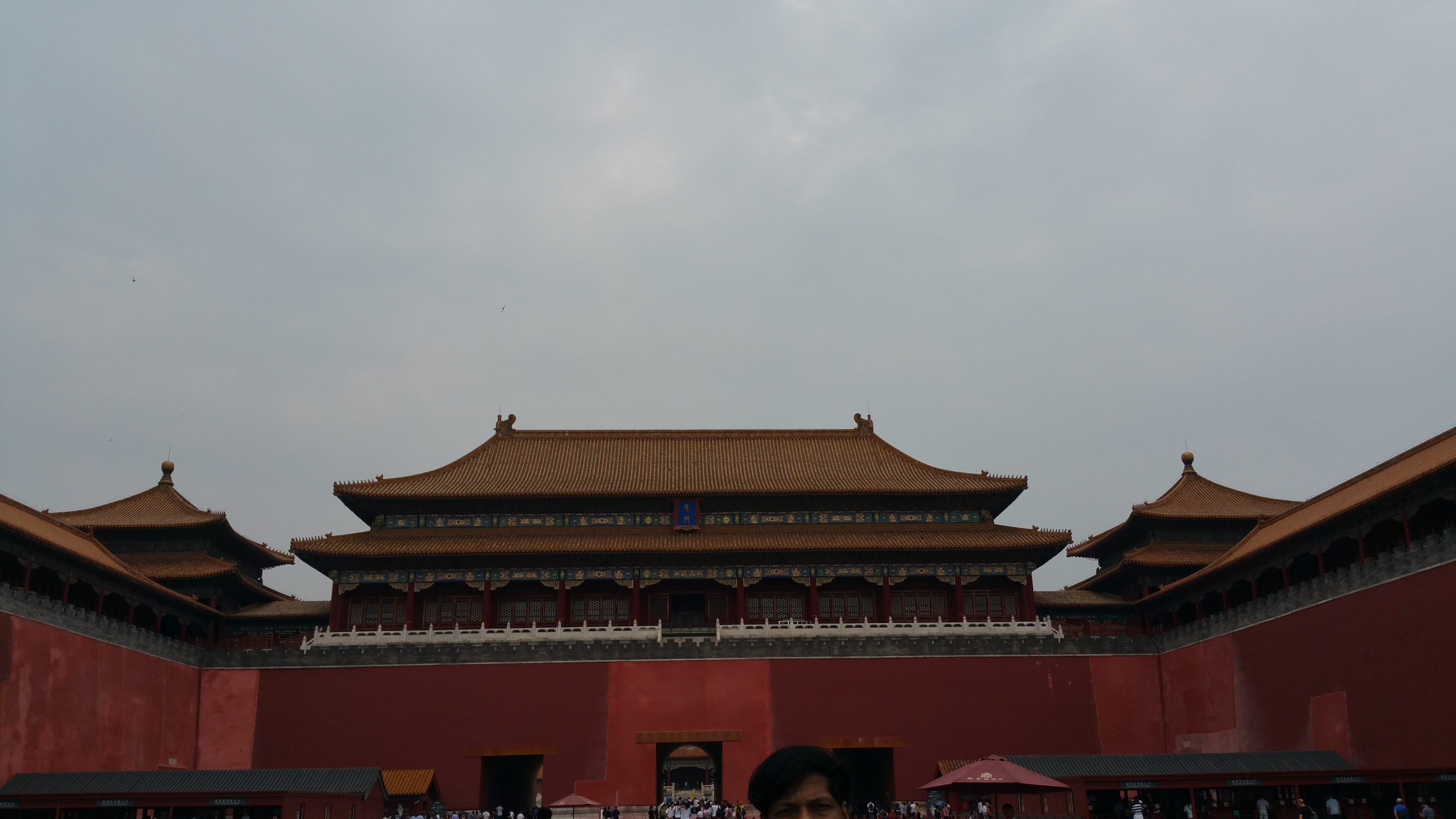
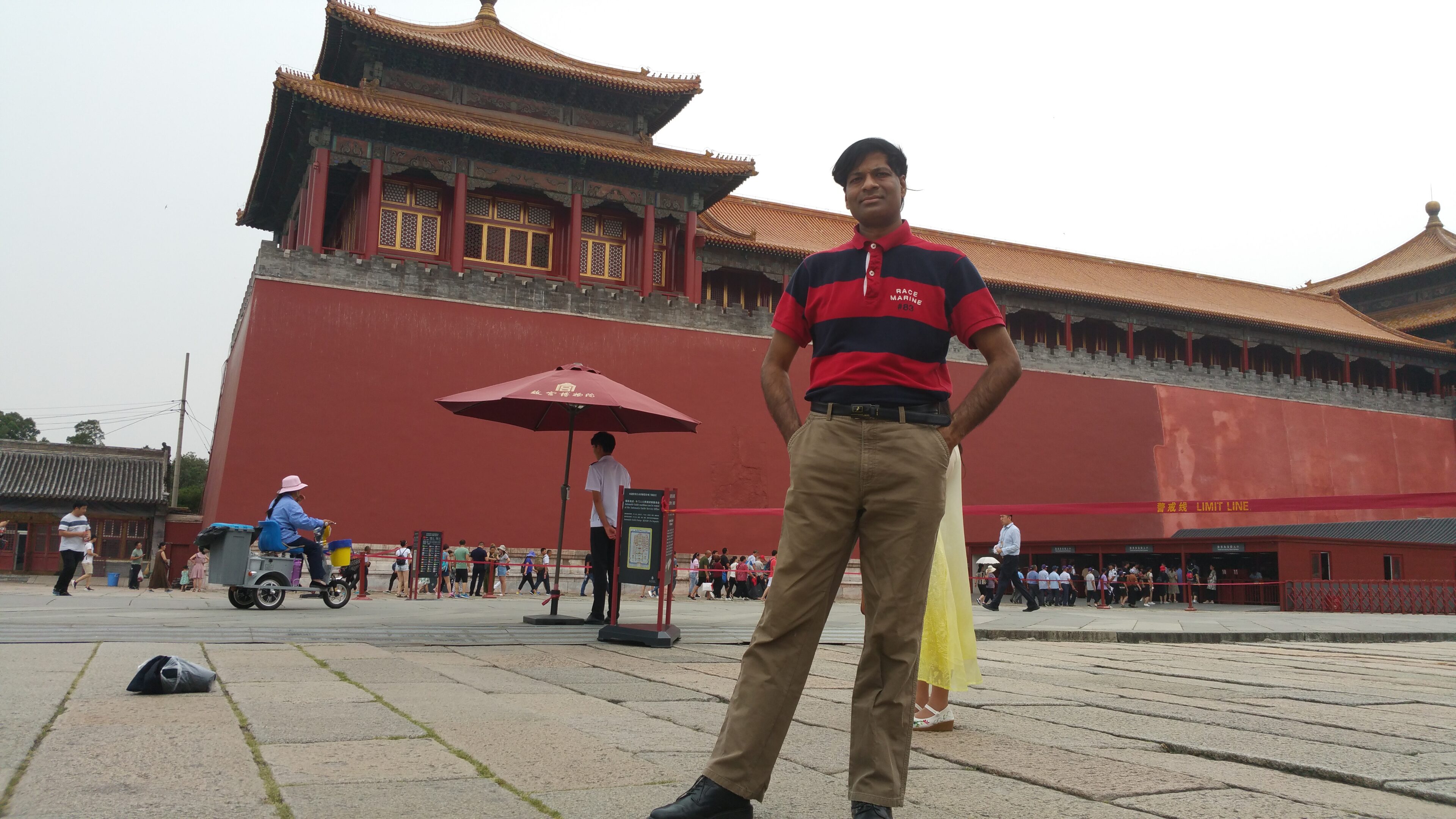
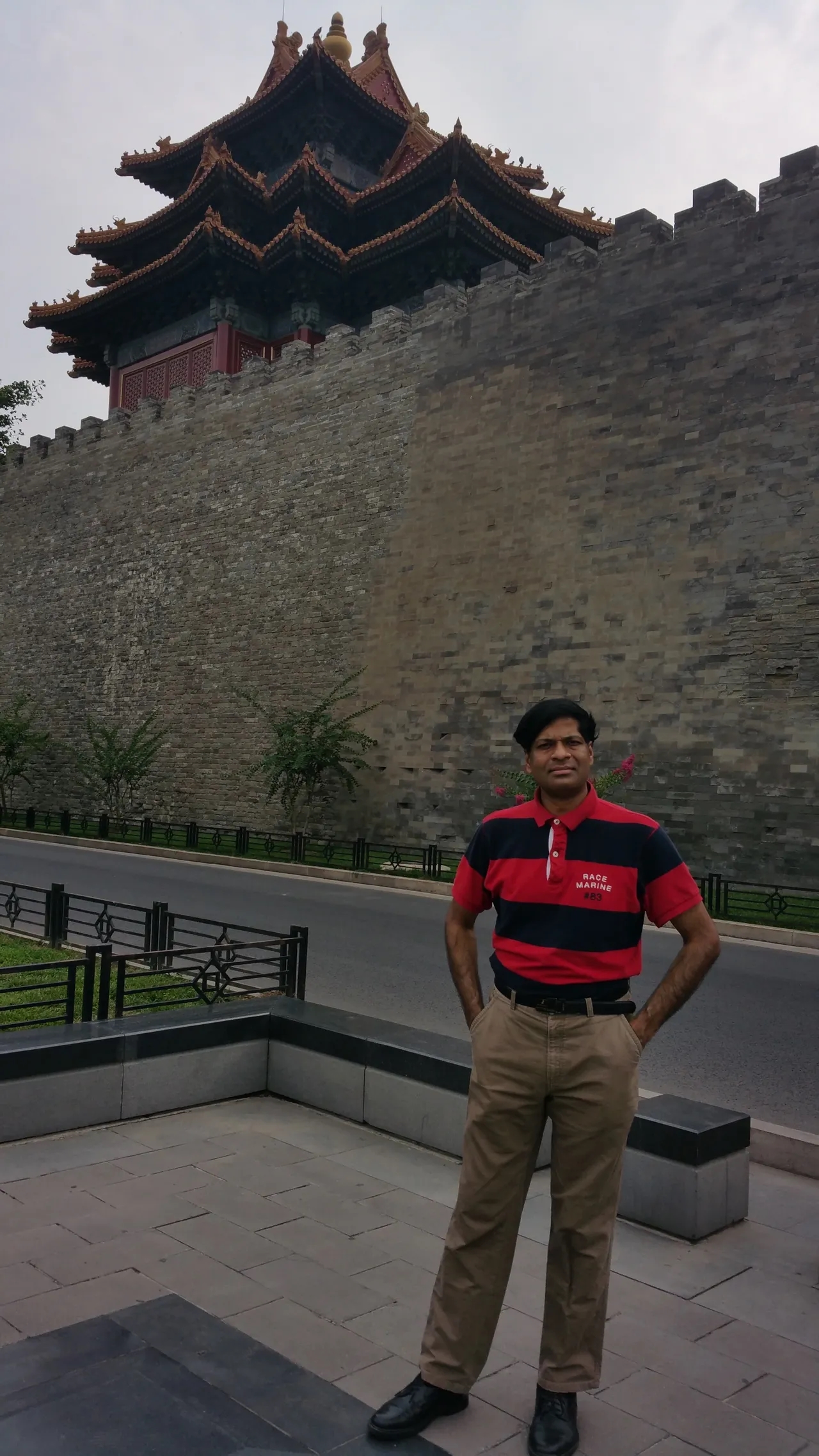
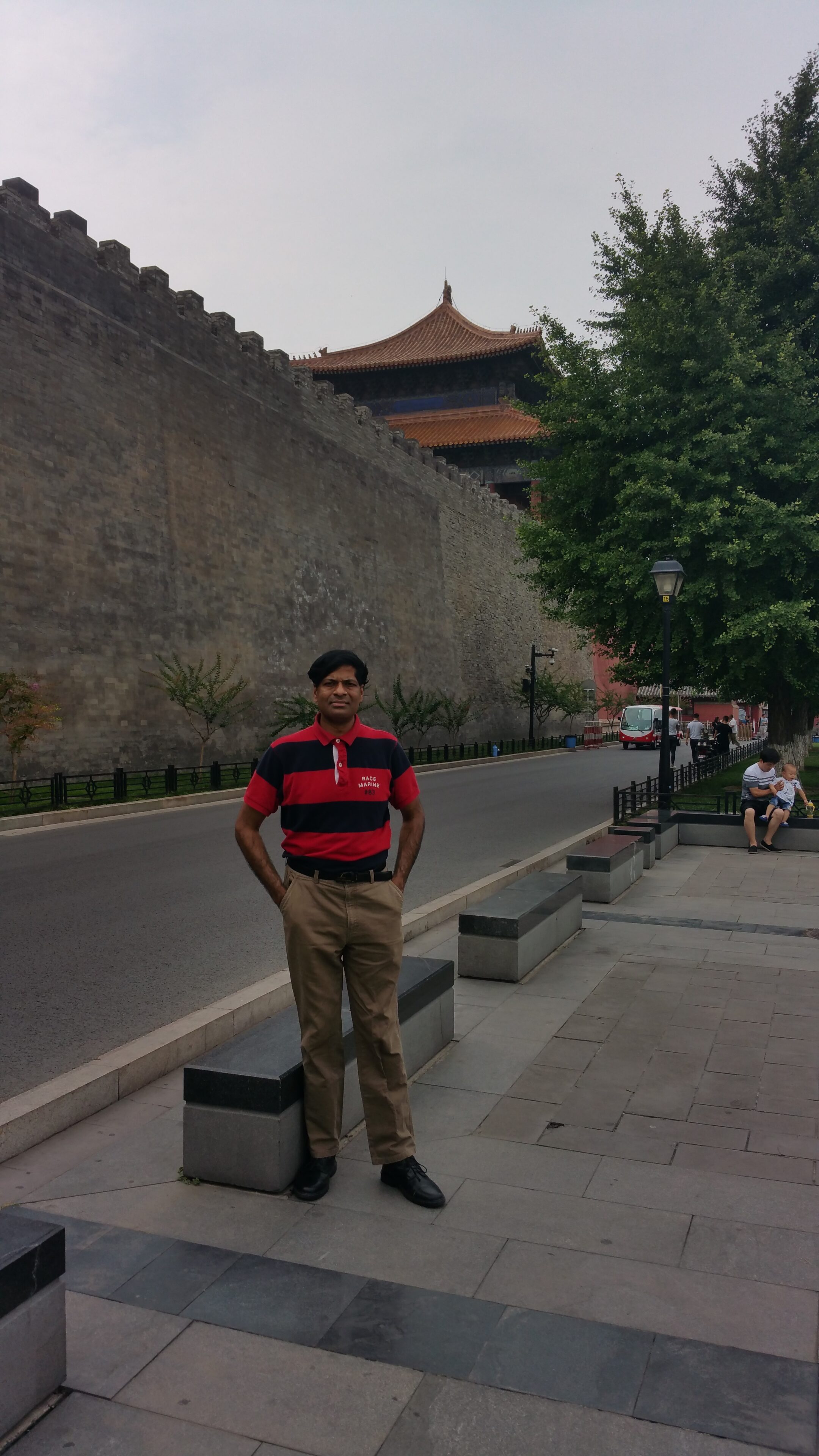
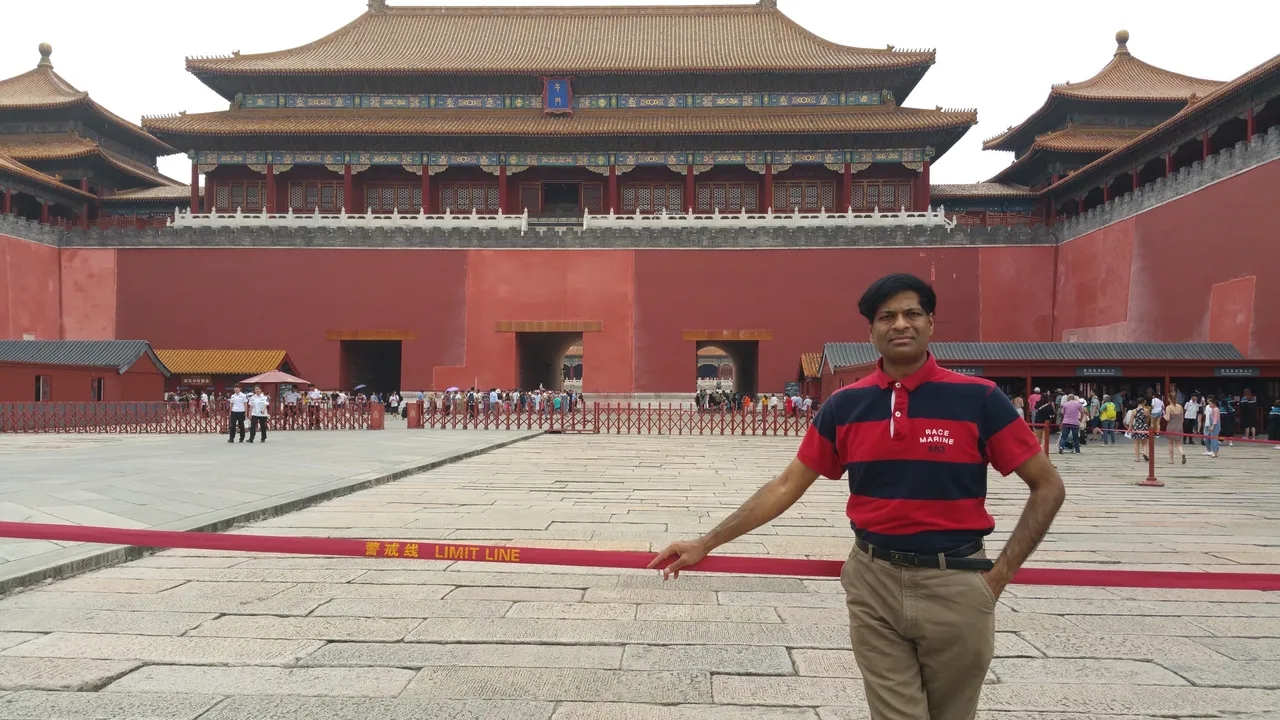
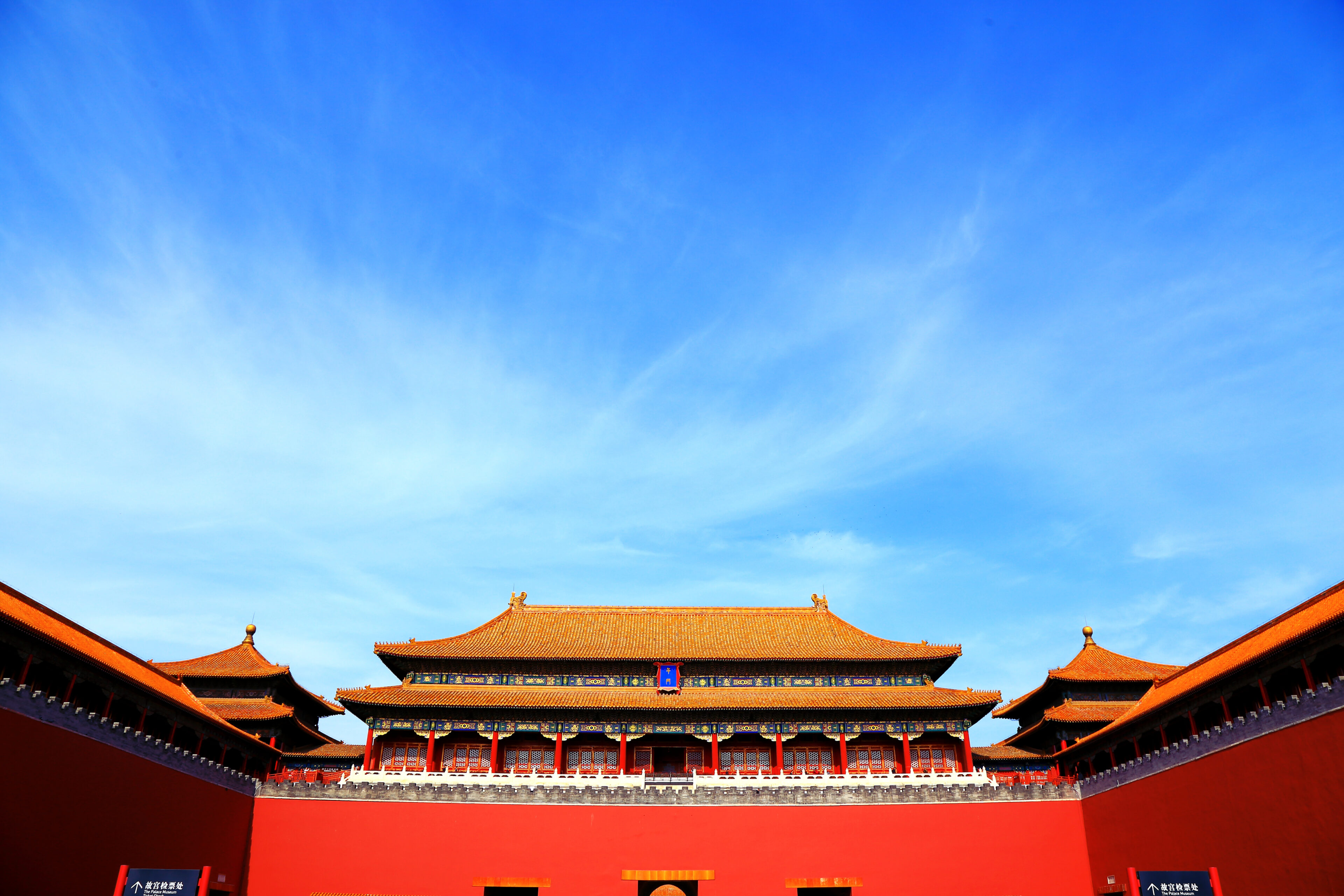
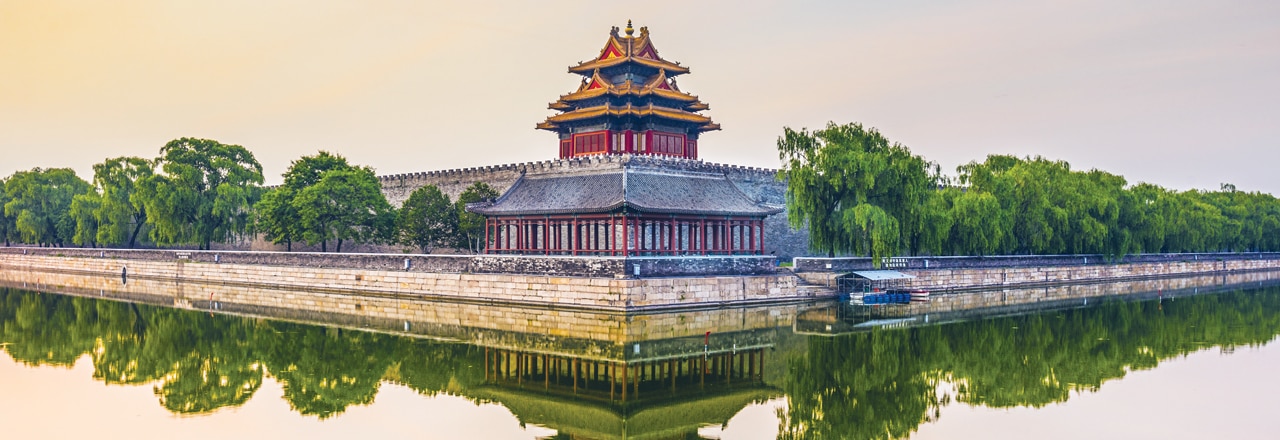
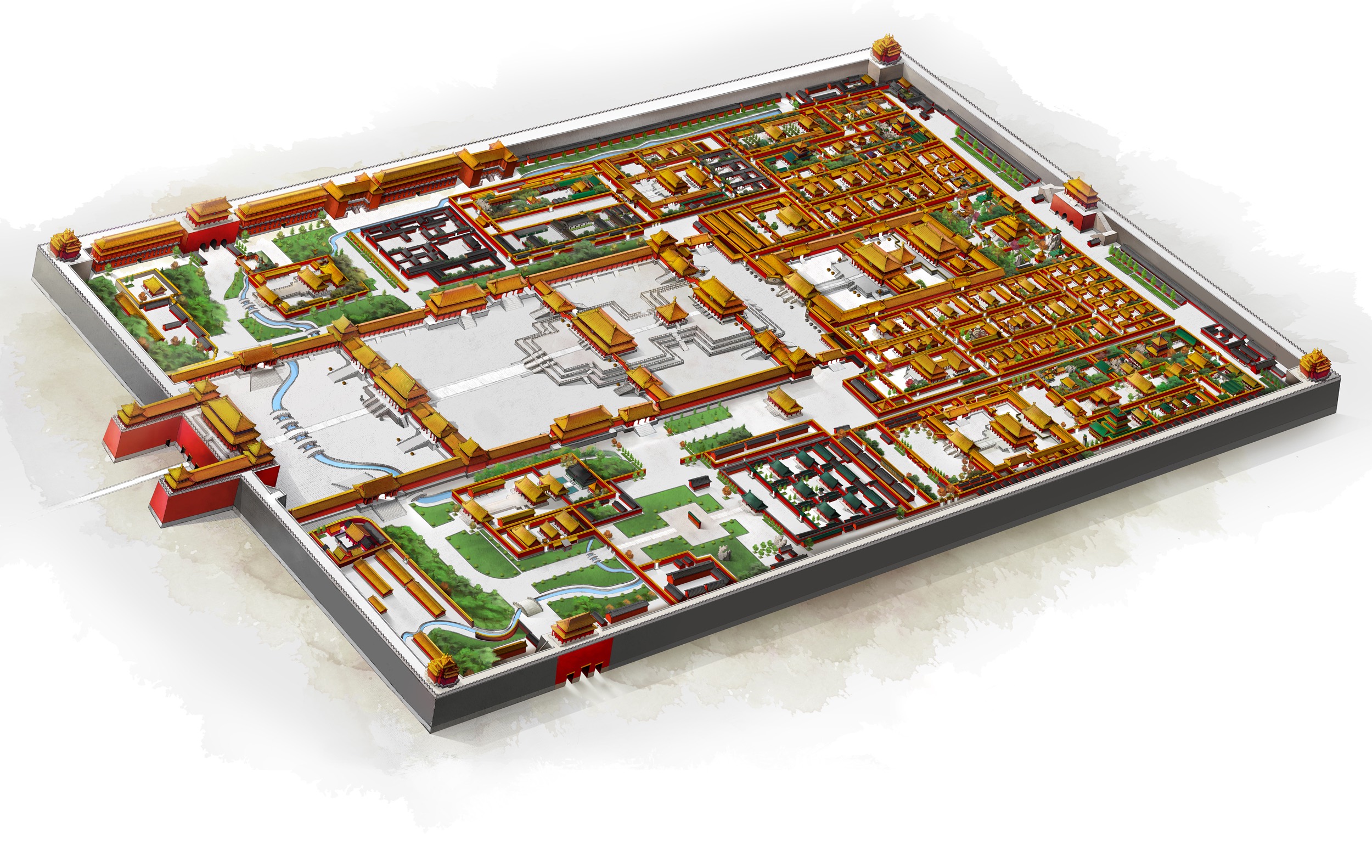
THE OVERVIEW MAP OF FORBIDDEN CITY
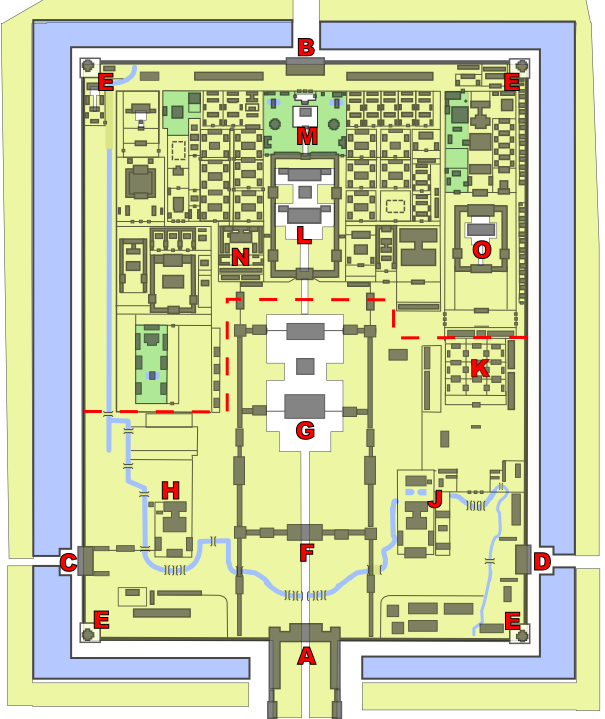
Plan of the Forbidden City.
Approximate dividing line between Inner (north) and Outer (south) Courts
A. Meridian Gate
B. Gate of Divine Might
C. West Glorious Gate
D. East Glorious Gate
E. Corner towers
F. Gate of Supreme Harmony
G. Hall of Supreme Harmony
H. Hall of Military Eminence
J. Hall of Literary Glory
K. Southern Three Places
L. Palace of Heavenly Purity
M. Imperial garden
N. Hall of Mental Cultivation
O. Palace of Tranquil Longevity


THE HALL OF SUPREME HARMONY
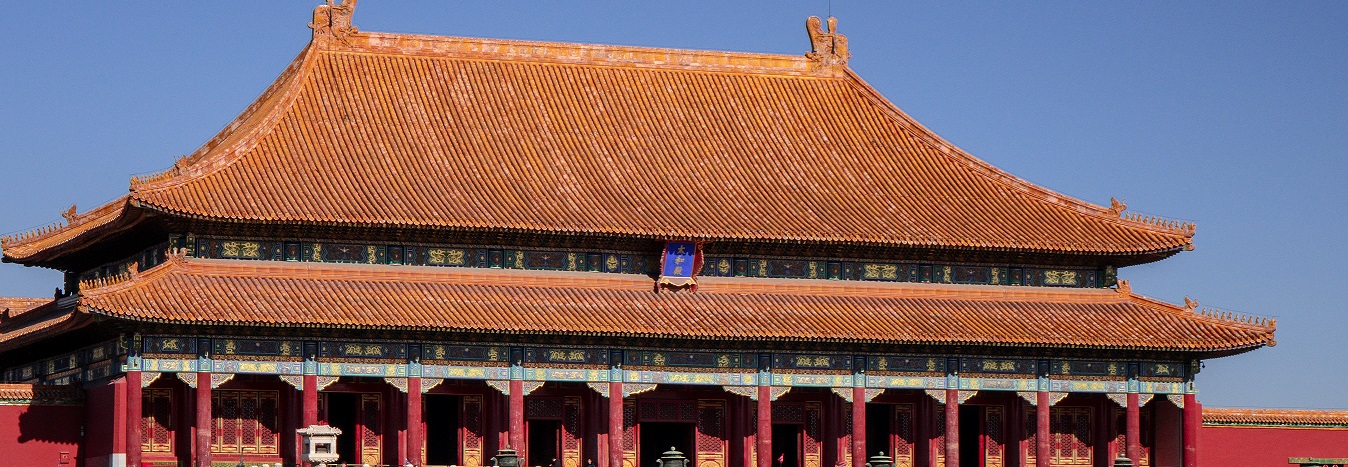
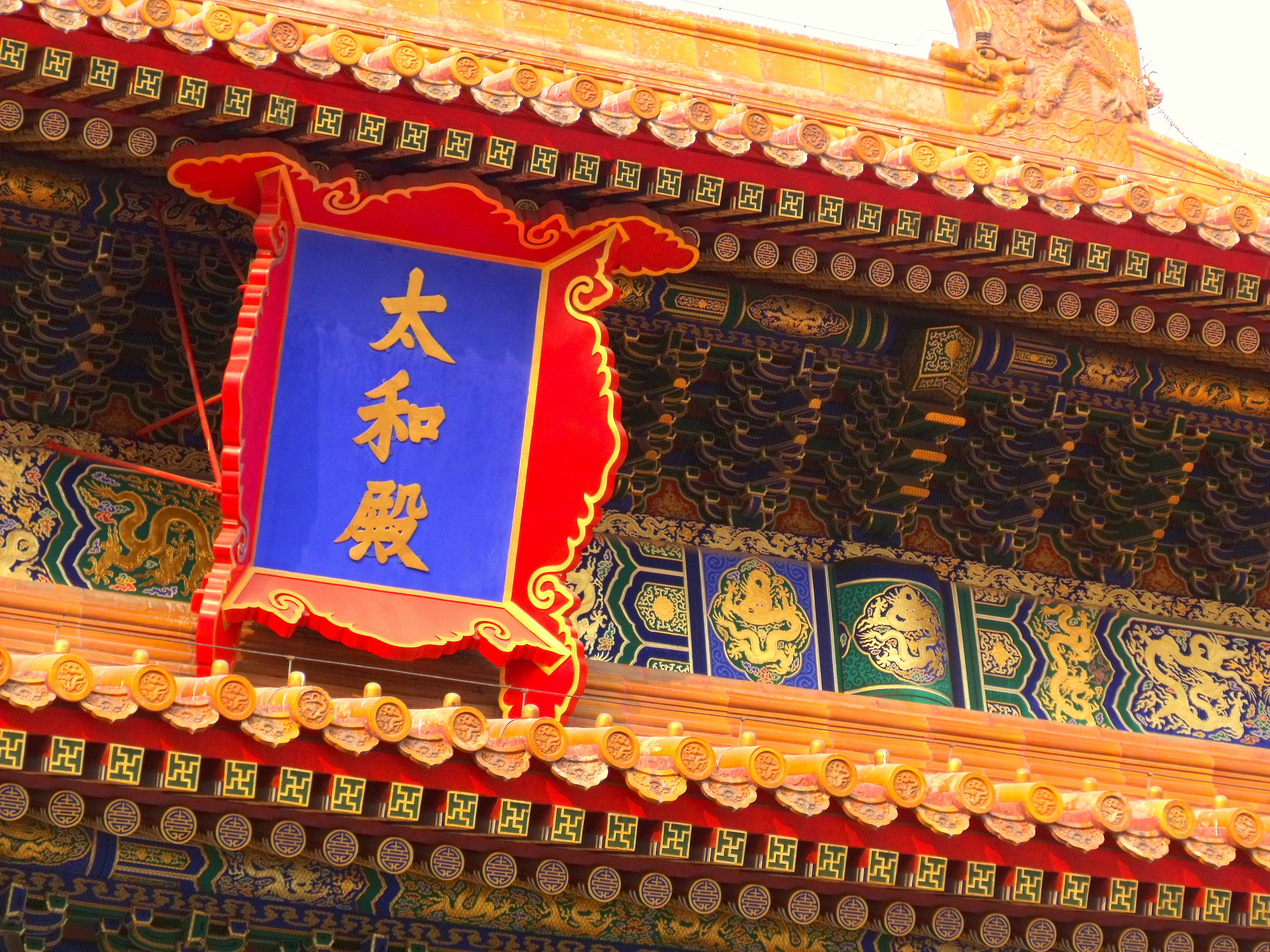
THE FORBIDDEN CITY
THE HALL OF SUPREME HARMONY
- The Hall of Supreme Harmony (G) is the largest and rises some 30 metres above the level of the surrounding square
- It is the ceremonial centre of imperial power, and the largest surviving wooden structure in China
- It is nine bays wide and five bays deep, the numbers 9 and 5 being symbolically connected to the majesty of the Emperor
- Set into the ceiling at the centre of the hall is an intricate caisson decorated with a coiled dragon, from the mouth of which issues a chandelier-like set of metal balls, called the “Xuanyuan Mirror”
- In the Ming dynasty, the Emperor held court here to discuss affairs of state. During the Qing dynasty, as Emperors held court far more frequently, a less ceremonious location was used instead, and the Hall of Supreme Harmony was only used for ceremonial purposes, such as coronations, investitures, and imperial weddings
- The Hall of Central Harmony is a smaller, square hall, used by the Emperor to prepare and rest before and during ceremonies
- Behind it, the Hall of Preserving Harmony, was used for rehearsing ceremonies, and was also the site of the final stage of the Imperial examination
- All three halls feature imperial thrones, the largest and most elaborate one being that in the Hall of Supreme Harmony
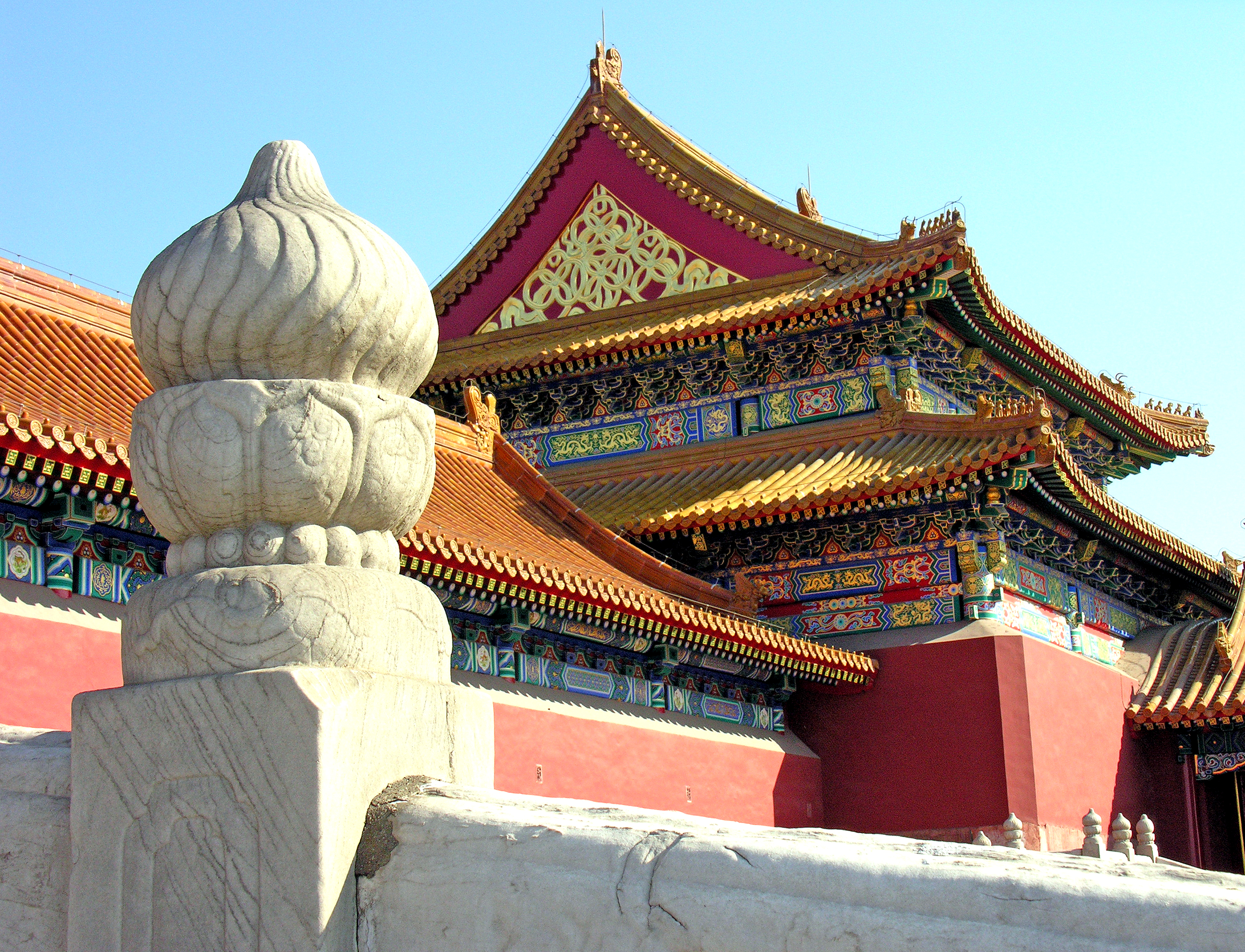
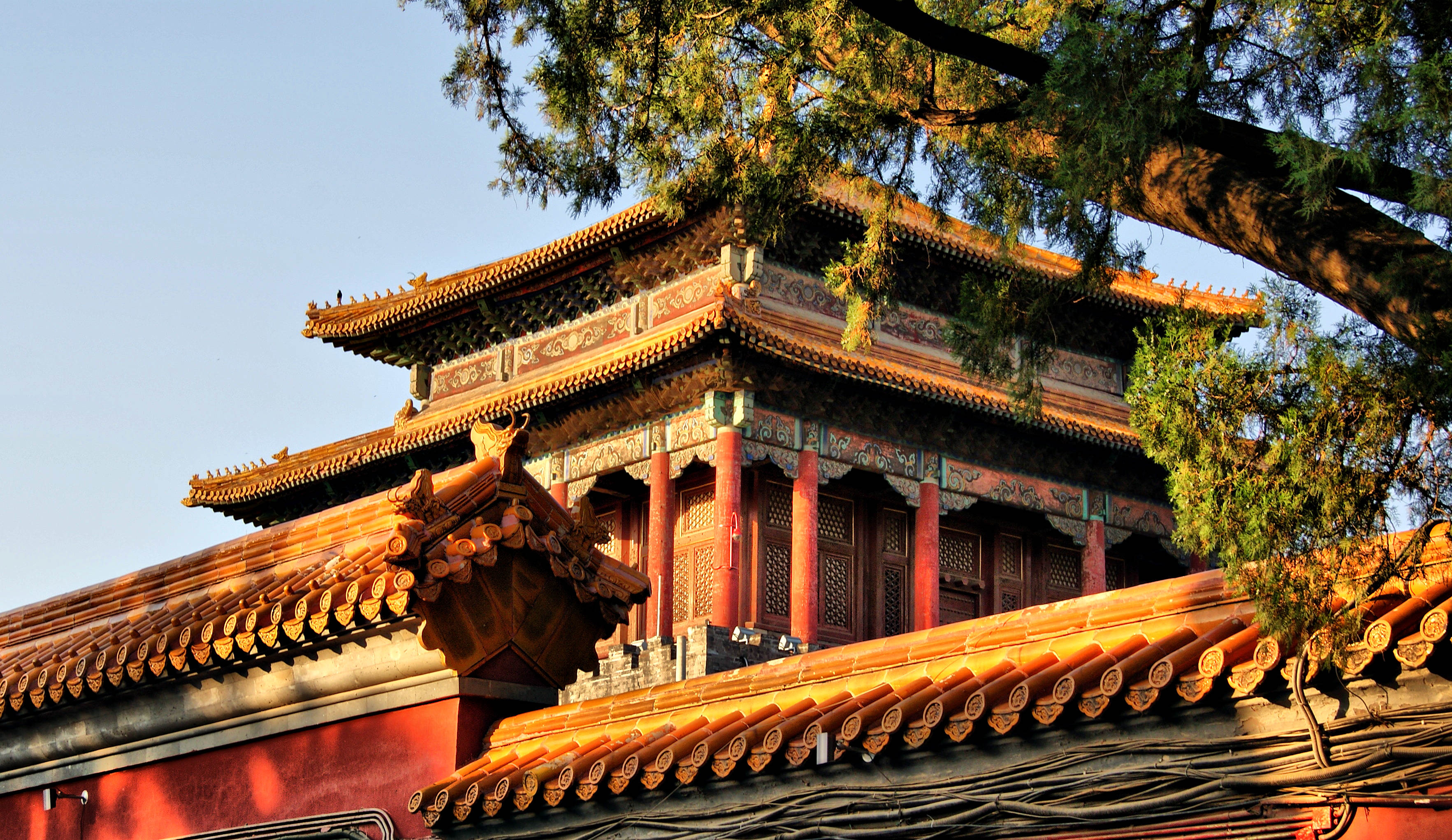
THE FORBIDDEN CITY
INNER COURT OR THE NORTHERN SECTION
- The Inner Court is separated from the Outer Court by an oblong courtyard lying orthogonal to the City’s main axis
- It was the home of the Emperor and his family
- In the Qing dynasty, the Emperor lived and worked almost exclusively in the Inner Court, with the Outer Court used only for ceremonial purposes
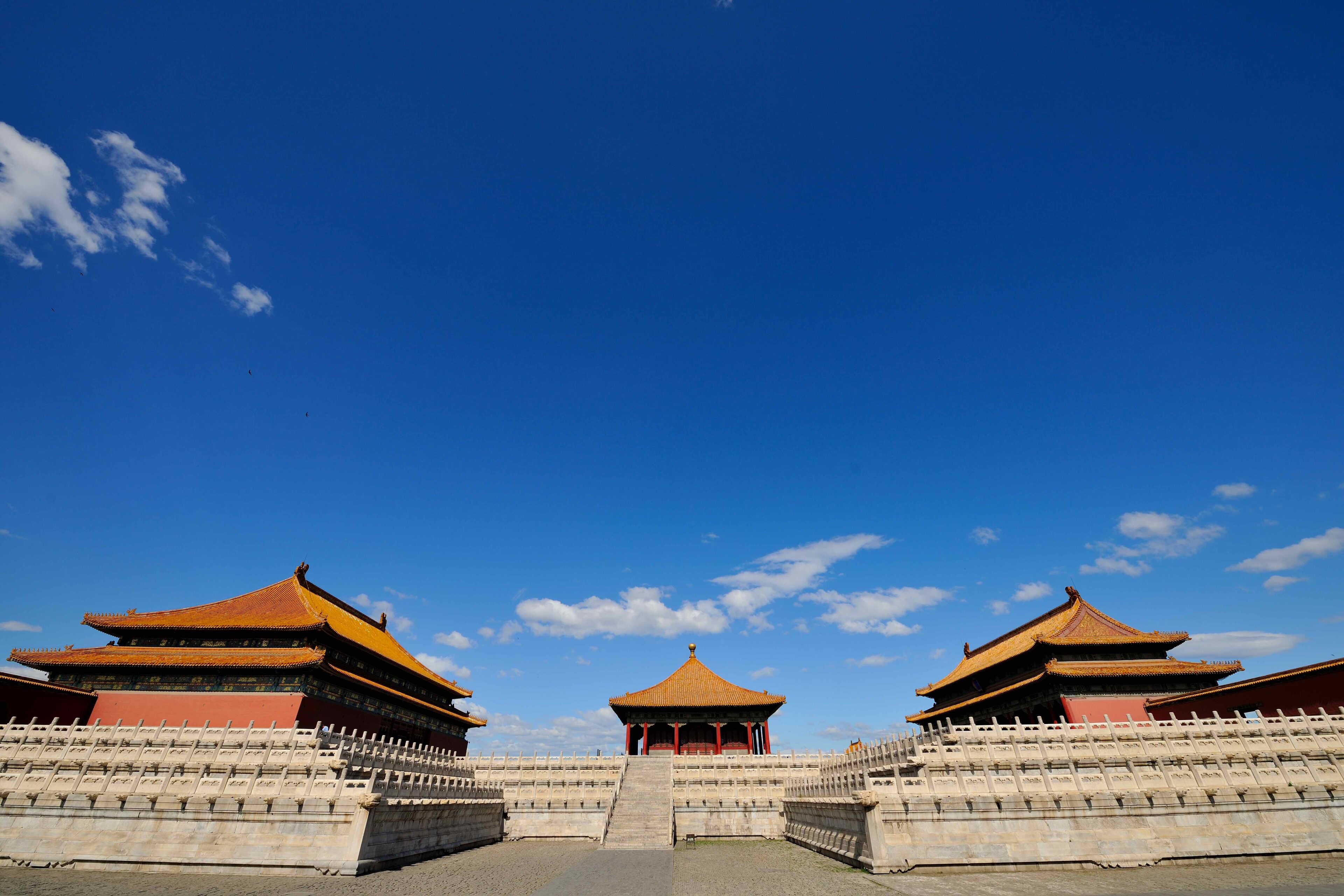
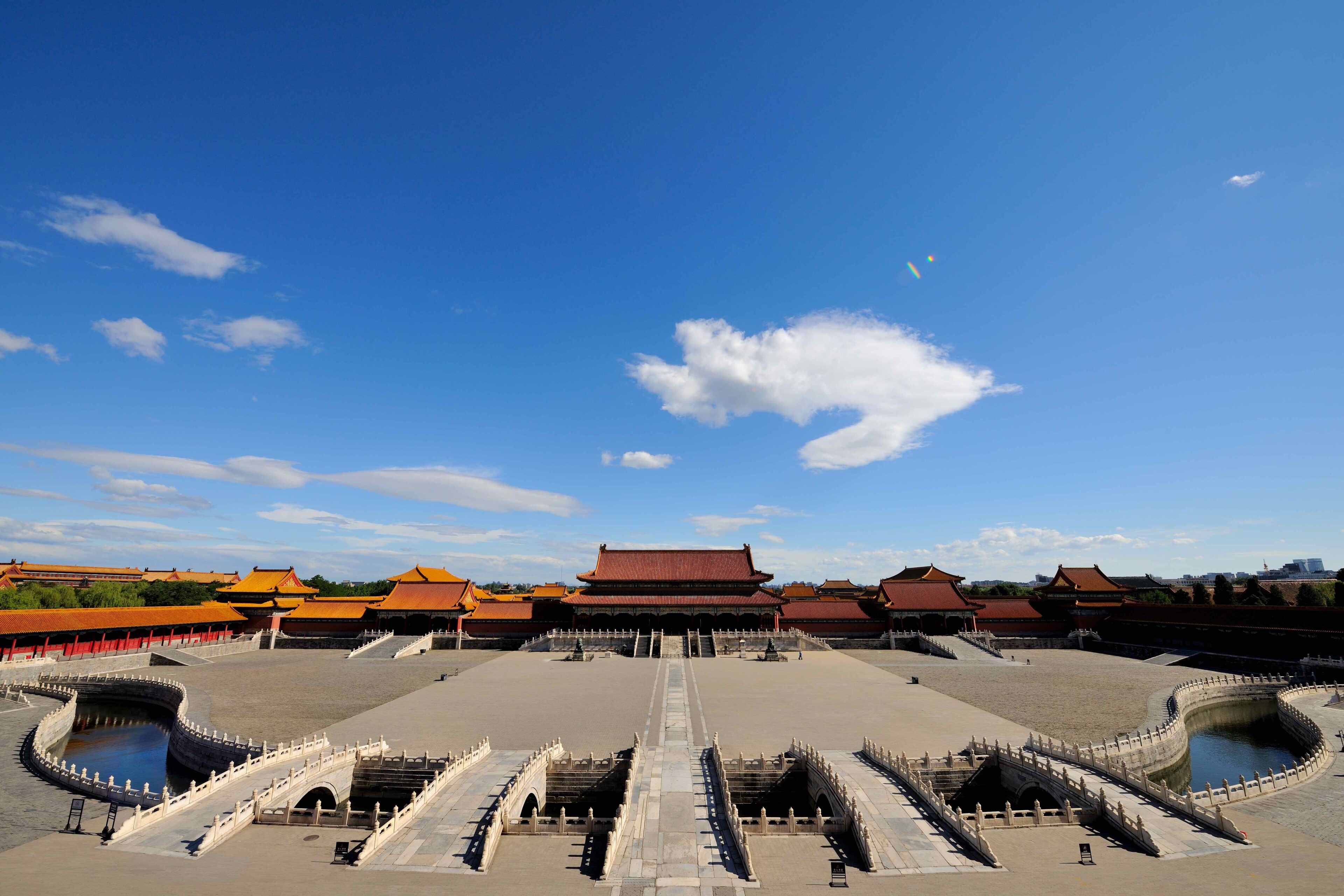
The Western palaces and the Eastern palaces were the residences of the imperial consorts
Western Six Palaces
- Palace of Eternal Longevity
- Hall of the Supreme Principle
- Palace of Eternal Spring
- Palace of Earthly Honour
- Palace of Gathering Elegance
- Palace of Universal Happiness
- Palace of Benevolence Tranquility
Eastern Six Palaces
- Palace of Great Benevolence
- Palace of Heavenly Grace
- Palace of Accumulated Purity
- Palace of Prolonged Happiness
- Palace of Great Brilliance
- Palace of Eternal Harmony
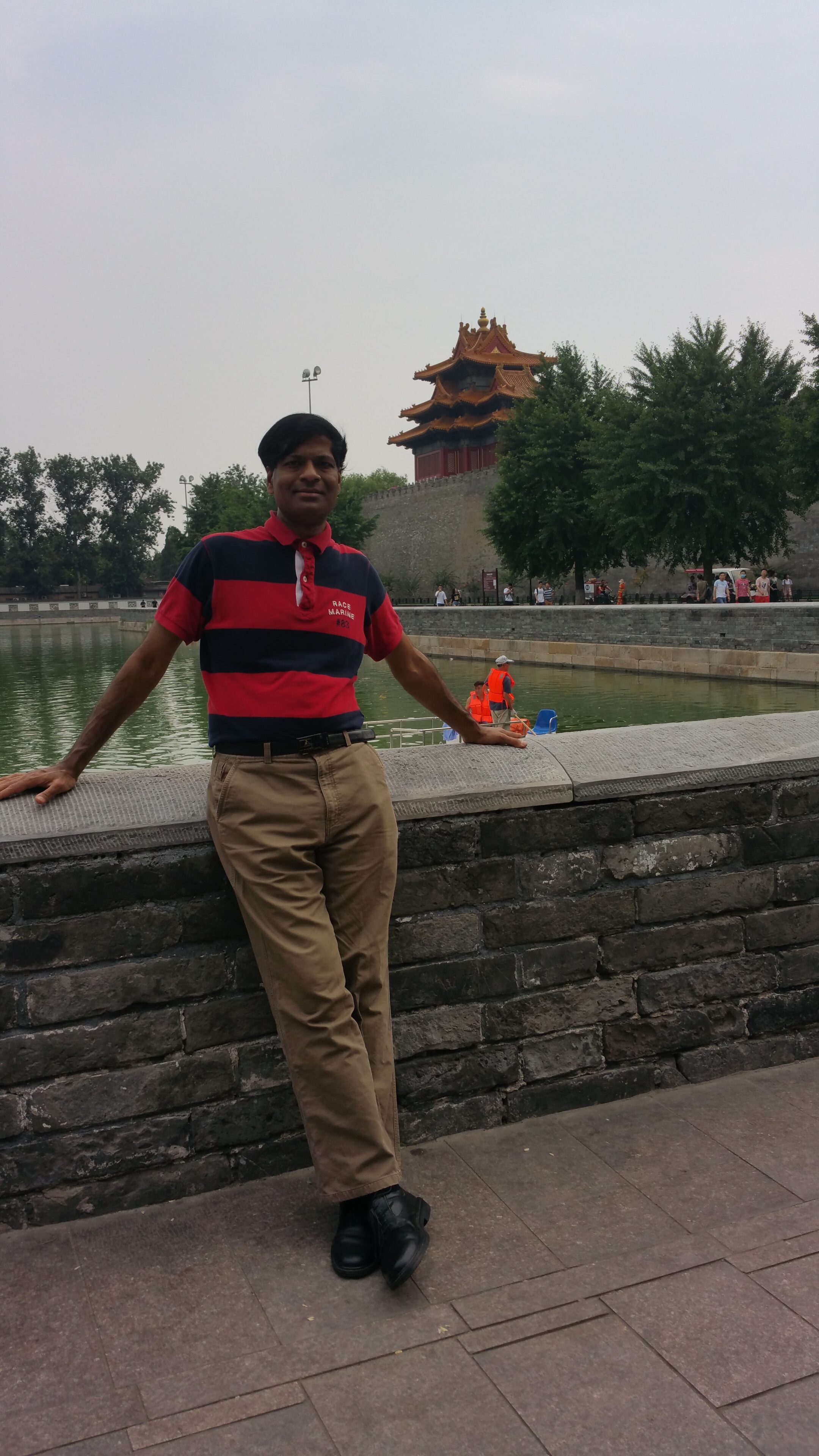
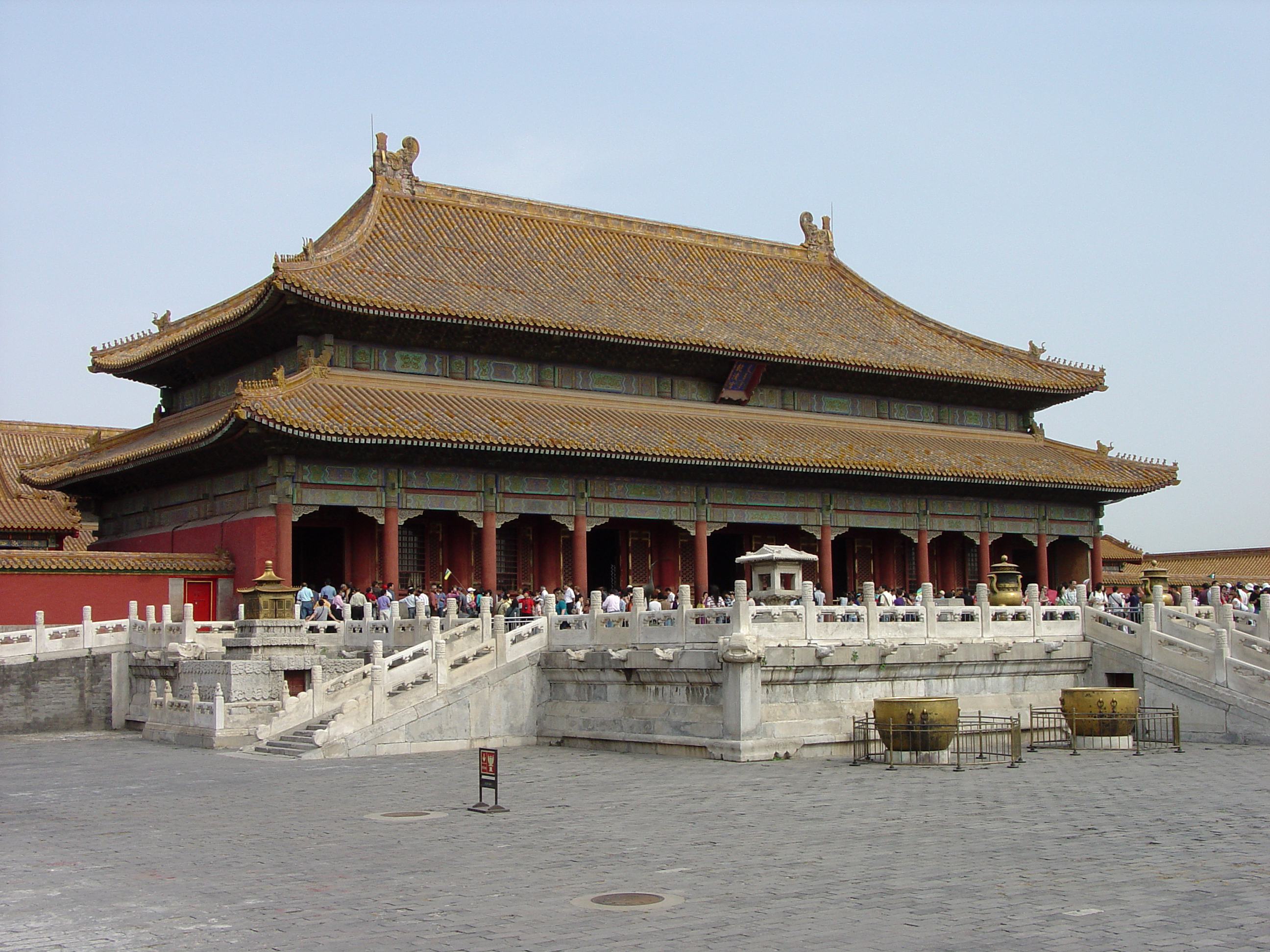
THE FORBIDDEN CITY
BACK THREE PALACES
- At the centre of the Inner Court is another set of three halls (L). From the south, these are
- Smaller than the Outer Court halls, the three halls of the Inner Court were the official residences of the Emperor and the Empress
- Palace of Heavenly Purity : Occupied by The Emperor representing Yang / Heavens
- Palace of Earthly Tranquility : Occupied by The Empress representing Yin and the Earth
- Hall of Union : In between them was the Hall of Union, where the Yin and Yang mixed to produce harmony
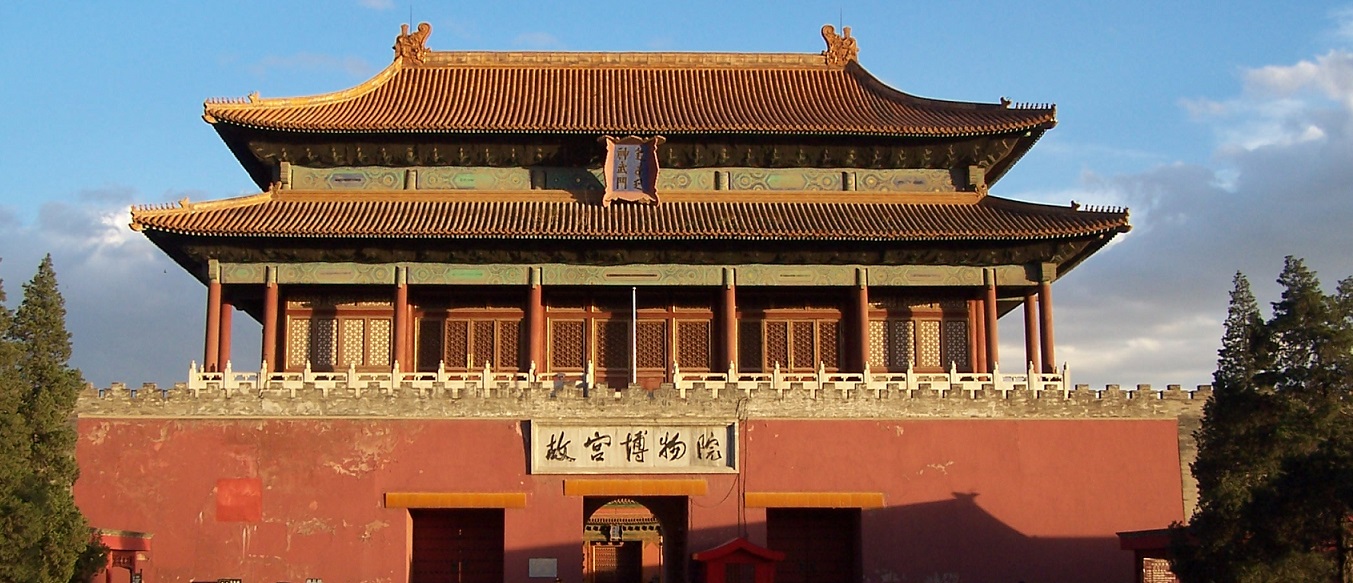
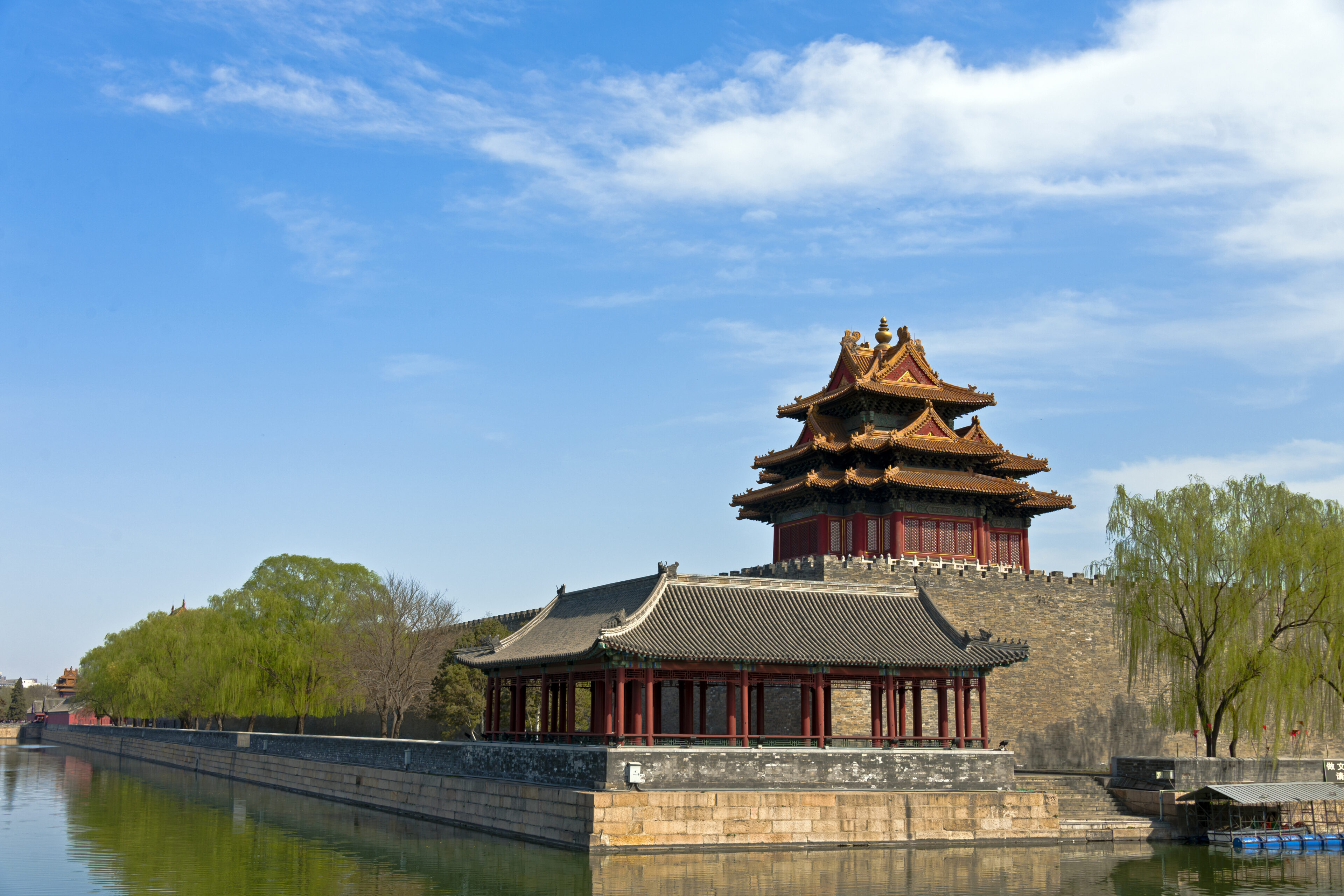
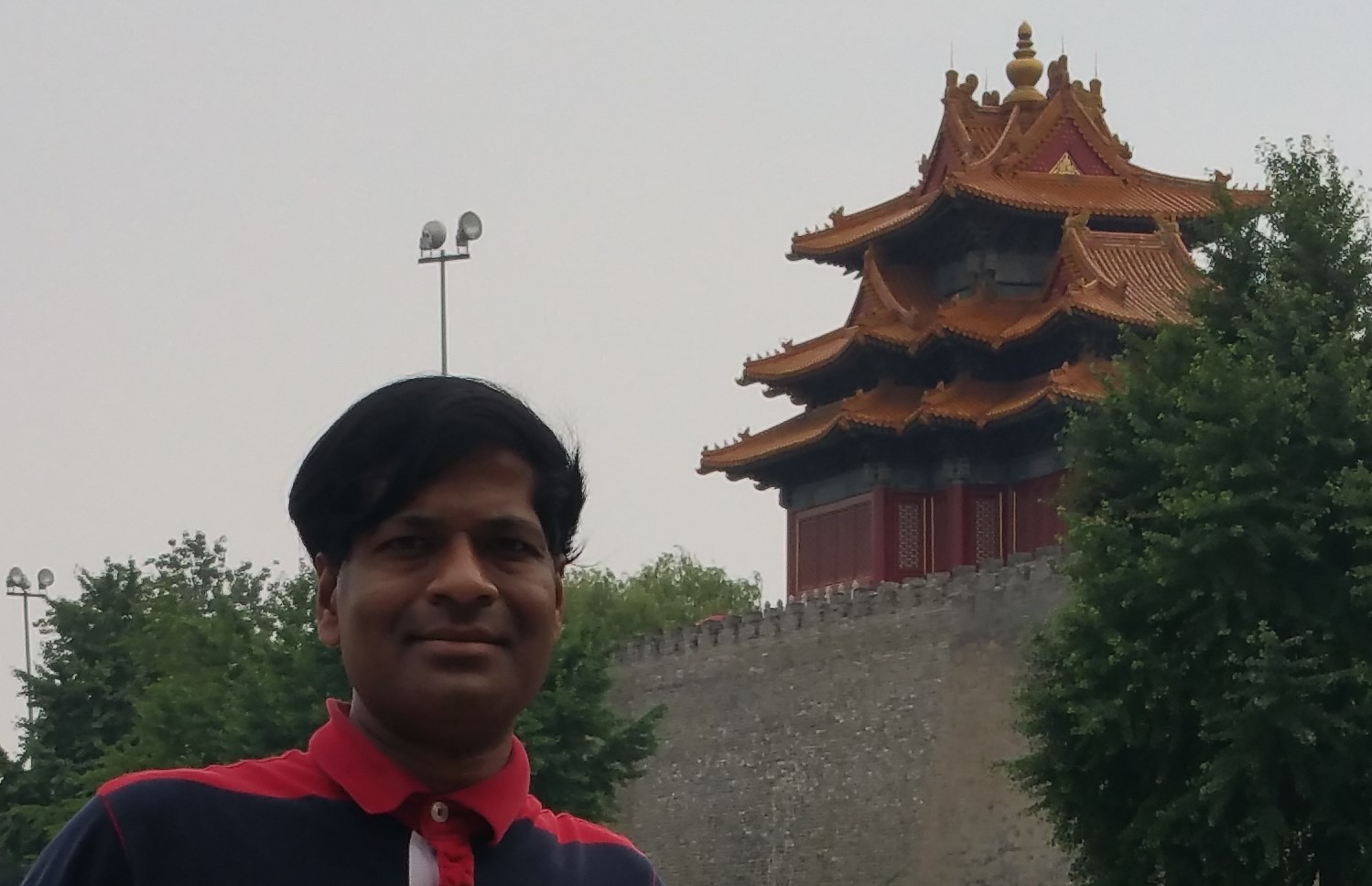
BEIJING : FORBIDDEN CITY
WHAT IS THE FORBIDDEN CITY ?
WHAT WAS THE PURPOSE BEHIND BUILDING IT ?
The name of the Imperial City/Royal Palace in Chinese is “Zijin Cheng” – Literally – The “Purple Forbidden City”. It was
- The Imperial Palace for more than 500 years since 1420 to 1924
- The palace for emperors and their households to live in
- It was the home for 24 Ming & Qing dynasty emperors of China
- The political & ritual center of China during Ming/Qing dynasties
Now, also known as the Palace Museum. it’s a top attraction throughout China & the World !
WHY IS THE NAME “FORBIDDEN CITY”
The name of the Imperial City/Royal Palace in Chinese is “Zijin Cheng” – Literally – The “Zi (Purple) jin (Forbidden) Cheng (City)”
- Zi (The Purple) : Purple refers to the North Star-
- In traditional Chinese astrology was the heavenly abode of the Celestial Emperor
- The surrounding celestial region – the enclosure was the realm of the Celestial Emperor and his family
- Jin (Forbidden) : The residence of the terrestrial emperor was its earthly counterpart
- Cheng (City) : Cheng means a city
In the past
- Only imperial families and invited high officials can enter
- Commoners were prohibited from entering or leaving the Forbidden City without permission
- Hence the name forbidden ! Therefore the name Forbidden City !
- “Forbidden” – just referred to the fact that no one could enter or leave the palace without the emperor’s permission !
IS THE FORBIDDEN CITY STILL FORBIDDEN ?
CAN ONE VISIT IT NOW ?
- The Forbidden City was forbidden for commoners during the Ming and Qing dynasties and only opened for imperial families and government officials who were invited. Now it is open for all !
- Now, it’s open for ANYONE & EVERYONE as a tourist attraction. It is a Palace Museum and attracts millions of visitors in an year !
WHO USED TO LIVE / DWELL IN THE FORBIDDEN CITY ?
Since its construction in 1420 till 1924
- 24 emperors from the Qing & Ming Dynasties have lived there
- 14 emperors in the Ming Dynasty and 10 emperors in the Qing Dynasty (1644 – 1911) worked & lived there with their imperial families
- It was no longer the royal residence when Puyi, the last emperor in China’s history was expelled from the Forbidden City in 1924 after his abdication
- It was converted to The Palace Museum in 1925
WHY ARE RED & YELLOW COLOURS THE DOMINANT COLOURS OF THE FORBIDDEN CITY ?
- Yellow and red are the dominant colors in the Forbidden City
- The walls are red. Pillars, windows, doors & walls are mostly red
- Red symbolizes auspicious events, happiness, celebrations
- Red is popular with the Chinese in daily usage
- Yellow roof tiles
- Yellow symbolizes earth elements at the center
- The emperor assumes that
- The imperial palace is at the world’s center and
- His reign radiates out from it
- Hence, yellow is associated with emperors’ imperial dictum
HOW IS THE FORBIDDEN CITY LAID OUT ?
- The Forbidden City is divided into the Outer Court & Inner Court
- The Outer Court & Inner Court are architecturally different
- Emperors had absolute godly power and
- Held solemn public ceremonies in the Outer Court
- The buildings here look solemn and grand
- In contrast with the Outer Court, the Inner Court was where emperors enjoyed domestic bliss and did mundane tasks
- The architectural styles are less formal with gardens & courtyards
- Apart from the halls and palaces along the central axis, there are buildings on the two sides to accommodate lesser nobles
WHY WERE THERE NO TREES IN THE OUTER COURTYARD IN ROYAL TIMES ?
- The Hall of Supreme Harmony, the Hall of Central Harmony, and the Hall of Preserved Harmony in the Outer Court are the prime structures for holding important rites and events
- To show imperial dignity & supreme authority-it was forbidden to plant trees around these halls
- In fact, it was not permitted to plant trees along the imperial pavement from the Tiananmen Gate to the Meridian Gate either
- All the trees that we see today are from a more recent era
- None has passed down from the times of monarchy
WHY ARE THE GATES DECORATED WITH ROWS OF GILDED (GOLDEN YELLOW) NAILS ON RED GATES ?
- Many gates inside the imperial city, especially the huge red gates of the major structures, are decorated with gilded door nails
- Many gates are decorated with 9 rows of doornails except East that has eight
- If one studies them carefully, you will find that most of the gates have nine rows of doornails and each row consists of nine
That’s because nine implied supremacy in monarchist China and reserved for the emperor’s use
IS IT TRUE THAT THERE ARE 9999.5 ROOMS IN THE FORBIDDEN CITY ?
NO – IT IS NOT TRUE !
It is said that there are totally 9,999 and a half rooms in the Forbidden City because only the God of Heaven could be entitled to 10,000 rooms
- Emperor Chengzu, who built the Forbidden City declared himself the son of the God of Heaven
- Thus defining the smaller size of his palace
- Therefore, it had half a room less when it was built
- However in ancient Chinese architecture
- One room refers to a square space among 4 pillars in a hall
- It is impossible to have a half room among four pillars
By the latest count, there are 8,707 rooms including big and small palaces, halls, towers, pavilions, belvederes
So the 9,999 rooms and a half is just a myth. Nothing else !
WHY IS THE FORBIDDEN CITY IMPORTANT / GREAT ?
- A UNESCO World Cultural Heritage Site since 1987
- The world’s largest collection of preserved ancient wooden structures
- Among the top 5 buildings in the world.The others are
- The Versailles Palace in France
- The Buckingham Palace in Britain
- The White House in America
- The Kremlin Palace in Russia.
- One of the most visited Palace Museums in the world
- About >15 million visitors every year
- The museum with the greatest variety of exhibitions in the world
- It houses nearly 1 million cultural relics including paintings, calligraphy, jade, embroidery, lacquer wares, pottery, etc.
- Largest & best-preserved palace complex in the world
- Measuring 753m from east to west/961 m from north to south
- it covers an area of 72 hectares (178 acres)
- The living quarters inside are well preserved
WHY IS THE NORTH – SOUTH AXIS OF FORBIDDEN CITY NOT EXACTLY ALIGNED NORTH-SOUTH BUT SLIGHTLY TILTED ?
- This axis is not exactly aligned north–south, but is tilted by slightly more than two degrees
- Researchers now believe that the axis was designed in the Yuan dynasty to be aligned with Xanadu, the other capital of their empire
WHERE IS THE FORBIDDEN CITY ? HOW CAN I GET THERE ?
- The Forbidden City is situated to the north of Tiananmen Square in the center of Beijing.
- The only entrance is the Meridian Gate (South Gate)
- Tourists can get there easily either by subway or by bus
WHO BUILT THE FORBIDDEN CITY ?
- Upon ascending the throne in 1402, Emperor Chengzu of the Ming Dynasty (1368 – 1644)
- Intended to move the capital from Nanjing to Beijing
- So he ordered the construction of the Forbidden City
- 230000 artisans & millions of laborers participated in construction
HOW OLD IS THE FORBIDDEN CITY ?
WHEN WAS THE FORBIDDEN CITY BUILT ?
- It was constructed from 1406 and completed in 1420
- The age is about 600 years old
HOW BIG IS THE FORBIDDEN CITY ?
- The Forbidden City is very large
- It runs 753 meters (823 yards) from east to west
- 961 meters (1,051 yards) from north to south
- Covering an area of about 72 hectares (178 acres)
WHAT CAN ONE SEE IN THE FORBIDDEN CITY ?
- One can see magnificent palaces, splendid halls, grand towers, wonderful pavilions and beautiful belvederes
- The perfect designs of these ancient buildings are amazing Chinese architecture
- The exquisite decorations on the roofs, eaves, walls, railings, pillars and furniture will make you amazed and fascinated
- There are numerous precious cultural relics on exhibition
WHAT ARE THE TOP ATTRACTIONS IN THE FORBIDDEN CITY ?
Outer Court
- Meridian Gate
- Hall of Supreme Harmony
- Hall of Central Harmony
- Hall of Preserved Harmony
Inner Court
- Palace of Heavenly Purity
- Hall of Celestial and Terrestrial Union
- Palace of Earthly Tranquility
- Must-see Exhibition Hall: Treasure Gallery
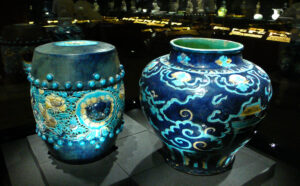
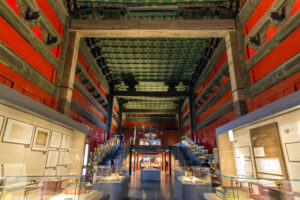
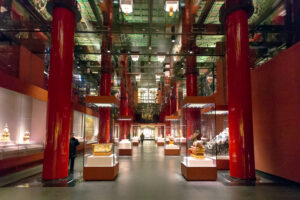
Cultural relics are on exhibition in the Palace Museum (Forbidden City)
There are nearly one million articles, including some
- 350000 ceramics & Porcelain
- 150000 jade pieces (Jade has a unique place in Chinese culture)
- Cloisonné, glass, stationery, carvings, lacquer ware
- 130000 embroideries
- Nearly 100000 pieces of jewellery, accessories, martial weapons, musical instruments, clocks and daily-use appliances
- 100000 paintings and calligraphy works
- Some 60000 inscriptions
- 30000 metal wares
- as well as some 20000 sculptures
- According to latest audit, it has 1862690 pieces of art
- The Palace Museum has one of the largest collections of mechanical timepieces of the 18th & 19th centuries in the world with more than 1,000 pieces
- The collection contains both Chinese- and foreign-made pieces. Chinese pieces came from the palace’s own workshops
- Foreign pieces came from countries including Britain, France, Switzerland, the United States and Japan. Of these, the largest portion come from Britain
- In addition to works of art, a large proportion of the Museum’s collection consists of the artifacts of the imperial court. This includes items used by the imperial family and the palace in daily life. This comprehensive collection preserves the daily life and ceremonial protocols of the imperial era
WHAT WAS THE RELIGION INSIDE THE FORBIDDEN CITY ?
WAS THERE ANY ?
Religion was an important part of life for the imperial court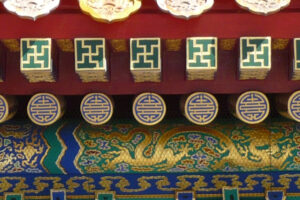
- Indian origin Swastika and Longevity pattern and similar designs can be found throughout the Imperial City
- In the Qing dynasty, the Palace of Earthly Harmony became a place of Manchu Shamanist ceremony
- The native Chinese Taoist religion continued to have an important role throughout the Ming and Qing dynasties
- There were two Taoist shrines, one in the imperial garden and another in the central area of the Inner Court
- Another prevalent form of religion in the Qing dynasty palace was Buddhism
- A number of temples and shrines were scattered throughout the Inner Court, including that of Tibetan Buddhism or Lamaism
- Buddhist iconography also proliferated in the interior decorations of many buildings
- Of these, the Pavilion of the Rain of Flowers is one of the most important
- It housed a large number of Buddhist statues, icons, and mandalas, placed in ritualistic arrangements
WHAT IS THE BROAD SYMBOLISM OF THE FORBIDDEN CITY AS REFLECTED IN ITS PHILOSOPHY, ARCHITECTURE, DESIGN & CONSTRUCTION ?


The design of the Forbidden City, from its overall layout to the smallest detail, was meticulously planned to reflect philosophical and religious principles, and above all to symbolise the majesty of Imperial power. Some noted examples of symbolic designs include:
- Yellow is the color of the Emperor.
- Thus almost all roofs in The Forbidden City bear yellow glazed tiles. There are only two exceptions
- The library at the Pavilion of Literary Profundity had black tiles because black was associated with water and thus fire-prevention
- Similarly, the Crown Prince’s residences have green tiles because green was associated with wood, and thus growth
- The main halls of the Outer and Inner courts are all arranged in groups of three – the shape of the Qiantriagram representing Heaven
- The residences of the Inner Court on the other hand are arranged in groups of six – the shape of the Kun triagram, representing the Earth
- The sloping ridges of building roofs are decorated with a line of statuettes led by a man riding a phoenix and followed by an imperial dragon
- The number of statuettes represents the status of the building – a minor building might have 3 or 5.
- The Hall of Supreme Harmony has 10, the only building in the country to be permitted this in Imperial times
- As a result, its 10th statuette, called a “Hangshi”, or “ranked tenth” is also unique in the Forbidden City
- The layout of buildings follows ancient customs laid down in the Classic of Rites
- Thus ancestral temples are in front of the palace.
- Storage areas are placed in the front part of the palace complex, and residences in the back
| FORBIDDEN CITY : BRIEF | |
| Cultural Monument type | : Was an Imperial Palace for 500 yrs |
| Palace Museum Now | : Now an art museum since 1925 |
| Palace Museum established | : 1925 (in the Forbidden City) |
| Treasures evacuated (13491) | : 1933 (because of Japanese Invasion) |
| Treasures returned (8000 b) | : To China after end of World War II |
| Treasures returned (2221 b) | : In China – Nanjing Museum |
| Treasures diverted (2972 b) | : To Taiwan in 1948 (Taipei Museum) |
| Palace damage happened | : 1949/after establishment of the PRC |
| Palace destruction prevented | : Army battalion sent to guard palace |
| Current 19 year restoration | : Repair/restore all buildings pre1912 |
| FORBIDDEN CITY : FIGURES | |
| Area | : 72 hectares (180 acres) |
| Shape | : Rectangular (A rectangle) |
| Dimensions (North to south) | : 961 metres |
| Dimensions (East to West) | : 753 metres |
| Number of buildings | : 980 (with 8886 bays of rooms) |
| Are there total 9999.5 rooms | : NO. It is not true.It is just a myth |
| Built | : 1406-1420(14 years/million workers) |
| Architect | : Kuai Xiang |
| Architectural style(s) | : Chinese architecture |
| UNESCO World Heritage Site | : Declared in 1987 |
| The largest collection of | Preserved ancient wooden structure |
| FORBIDDEN CITY : NAMES | |
| Chinese Name : ”Zǐjìnchéng” | ”Purple [North Star] Forbidden City” |
| Purple refers to ”North Star” | : Celestial Emperor’s Heavenly abode |
| Name : ”Gùgōng (故宫)” | : Meaning the “Former Palace” |
| Name : ”Gùgōng Bówùyùan” | : Meaning the “Palace Museum” |
| Materials used | : whole logs of Phoebe zhennan wood |
| Floors paved with | : “Golden bricks” from Suzhou |
| Home to 24 emperors | : 14(Ming Dynasty) + 10(Qing dynasty) |
| FORBIDDEN CITY : WALLS | |
| Moat | : 6 metres deep / 52 metres wide |
| The surrounding city wall | : 7.9 m high |
| The surrounding city wall | : 8.62m at base tapers to 6.66m at top |
| The Walls function as | : both defensive walls/retaining walls |
| Walls constructed with | : Rammed earth core |
| Walls surfaced on both sides | : 3 layers of specially baked bricks |
| Wall interstices filled with | : Mortar |
| At four corners of the walls | : 72ridged Towers with intricate roofs |
| FORBIDDEN CITY : GATES | |
| South Side (Main/Only Entry) | : “Main Meridian Gate“ |
| North Side | : “Gate of Dive Might“ |
| East Side | : “East Glorious Gate” |
| West | : “West Glorious Gate” |
| All gates except East have | : 9-by-9 array of golden door nails |
| East has | : only eight rows of golden door nails |
| Meridian Gate – 5 gateways | : central – part of the imperial way |
| Stone flagged Imperial Way | : forms the central axis of Beijing |
| Ride / walk on Imperial Way | : Only the Emperor may walk / ride |
| : Empress on her wedding occasion | |
| : Successful students-imperial exam |
